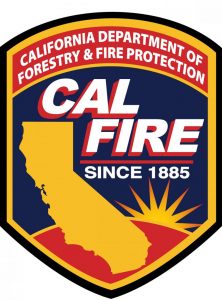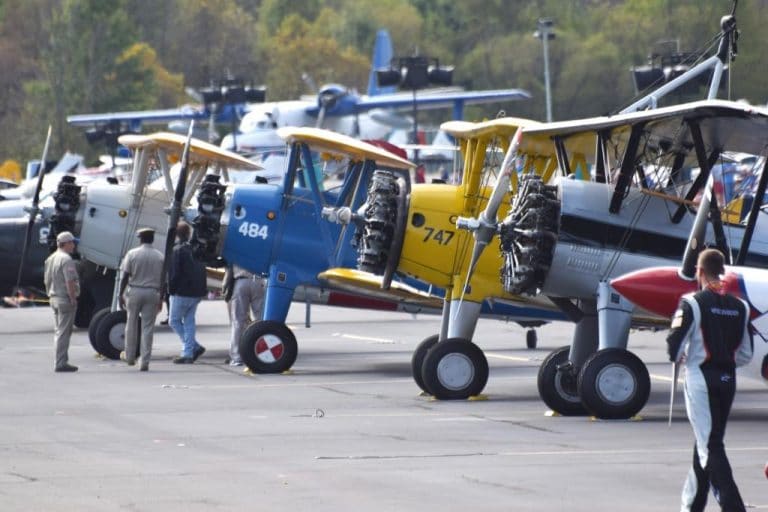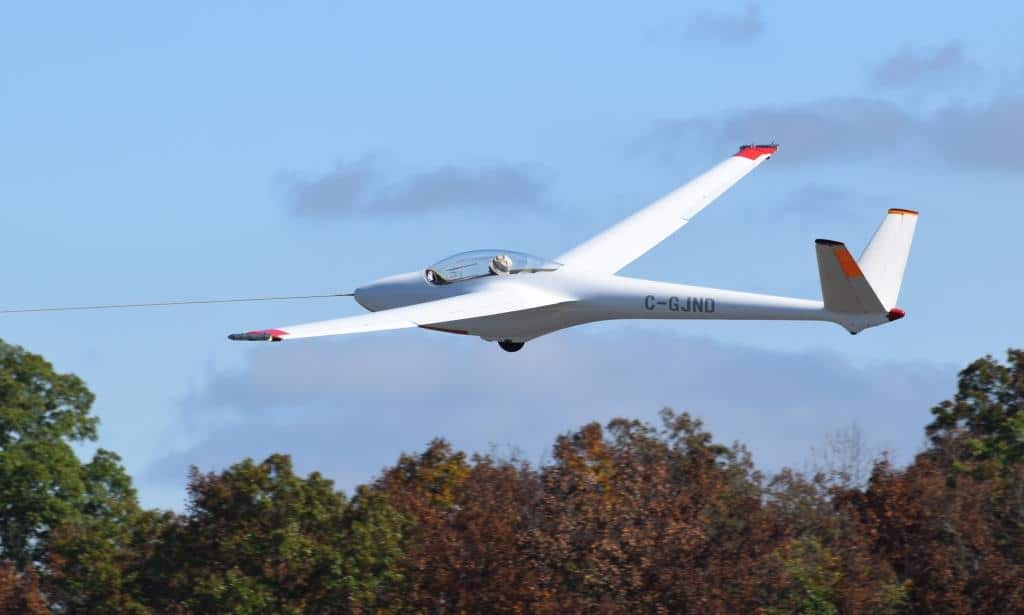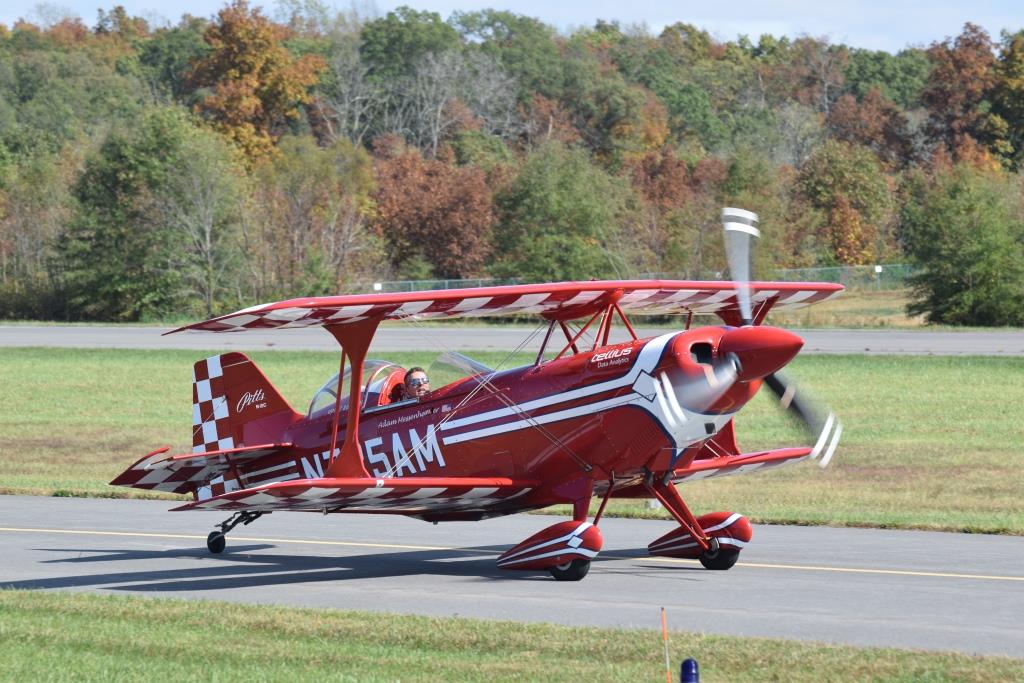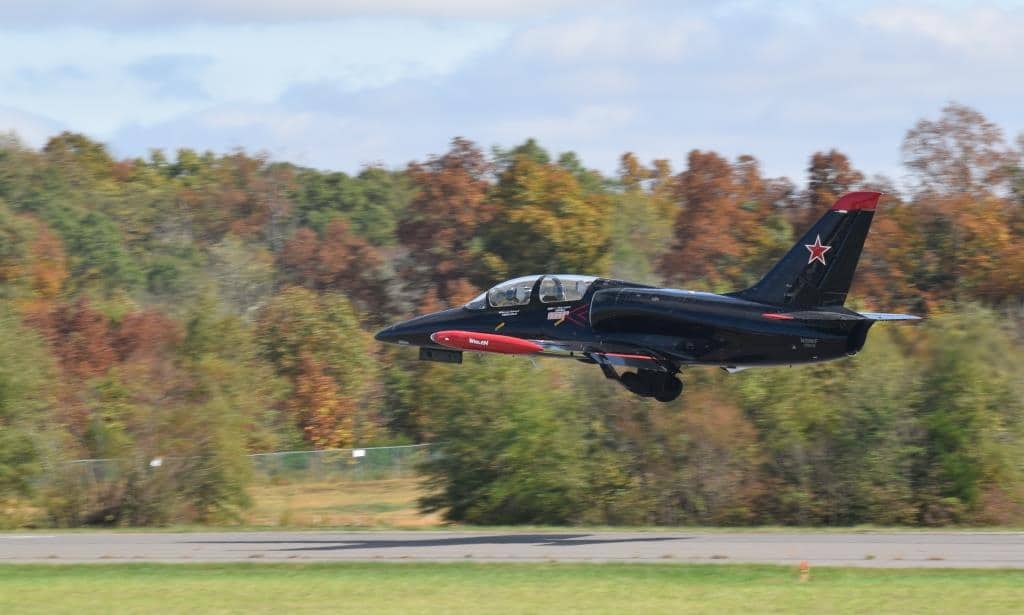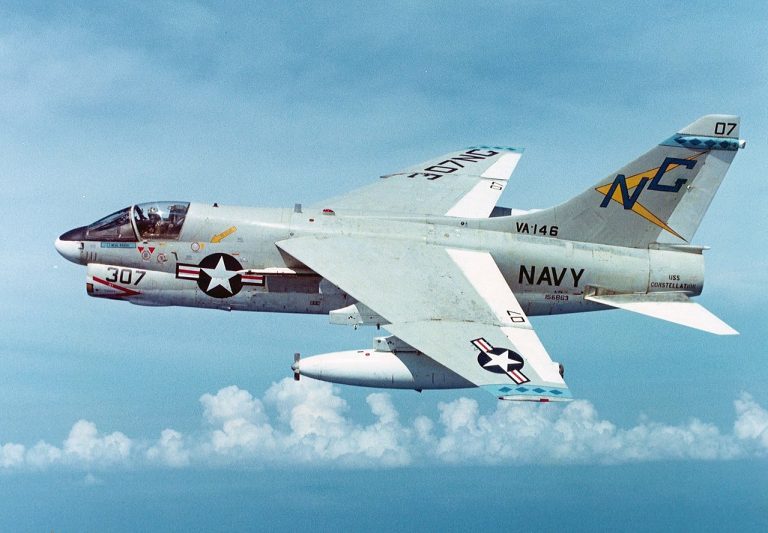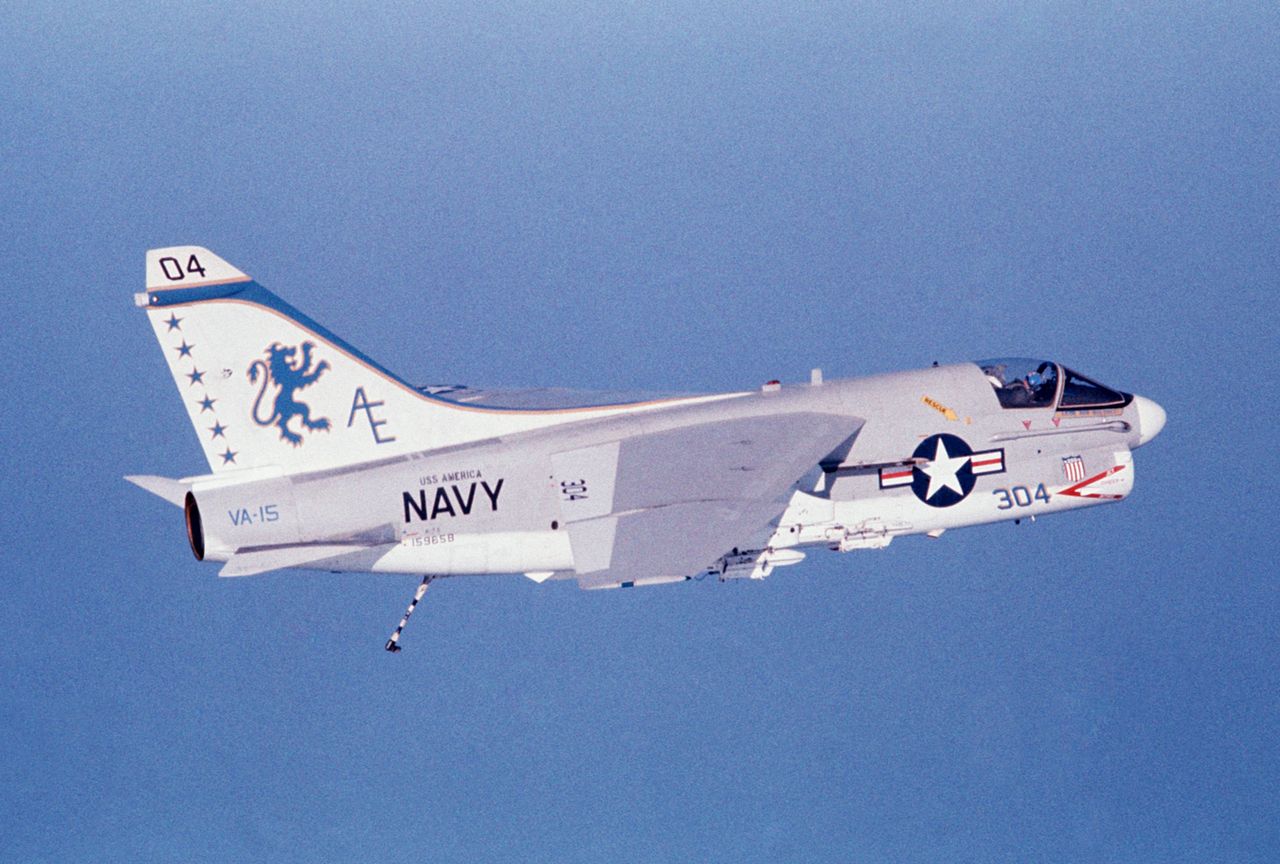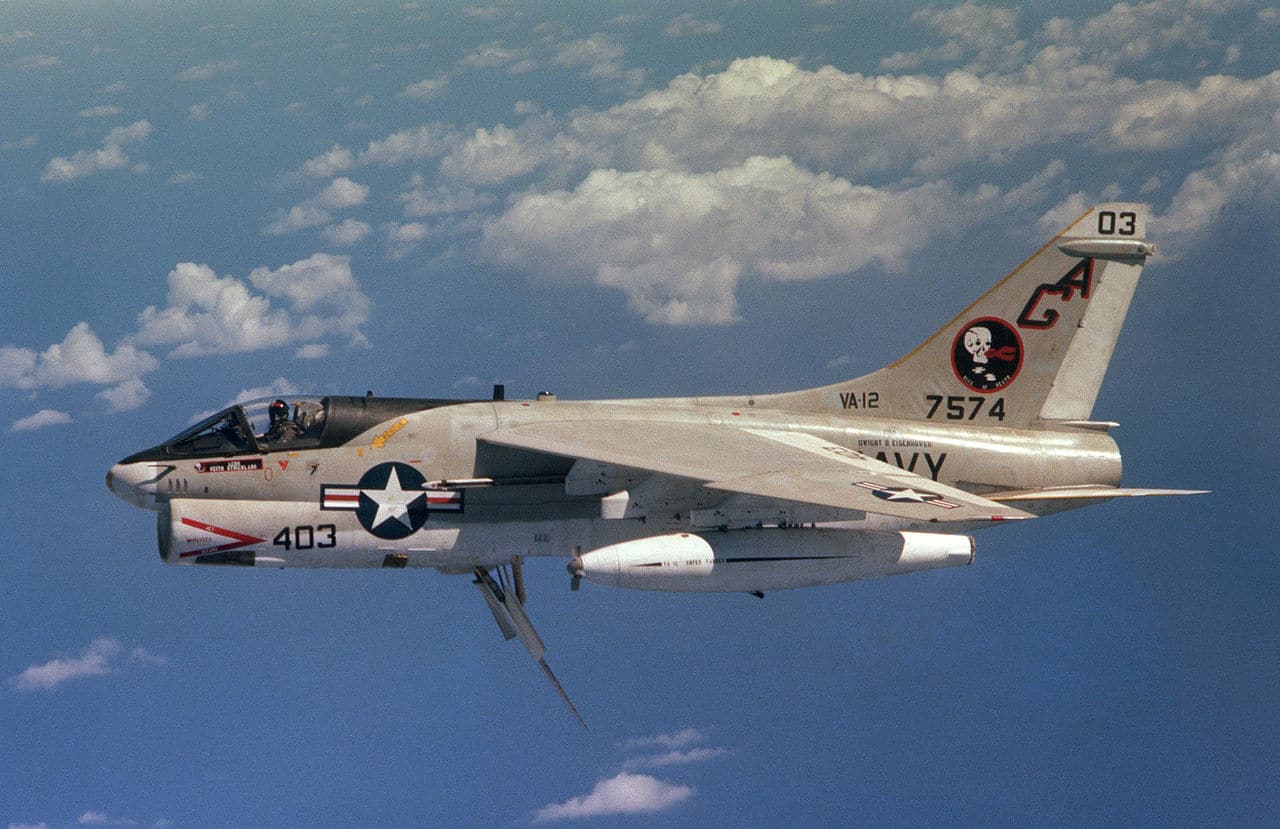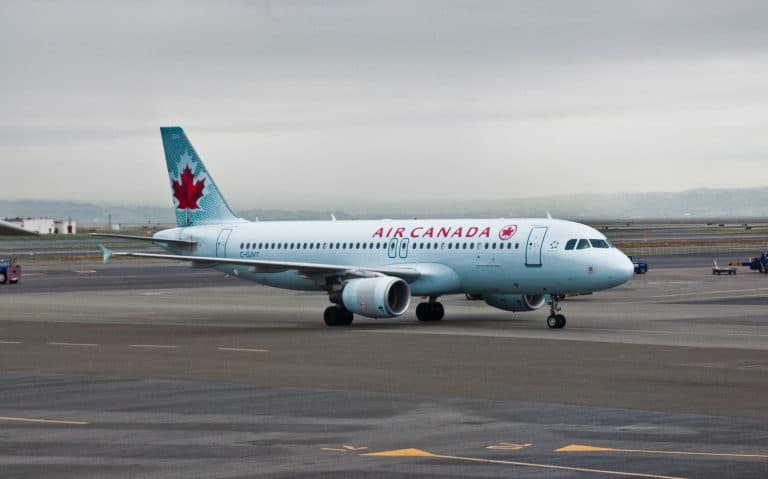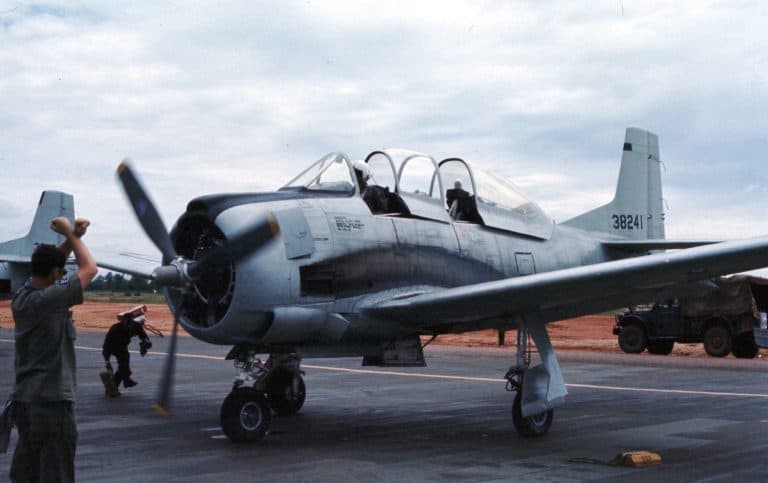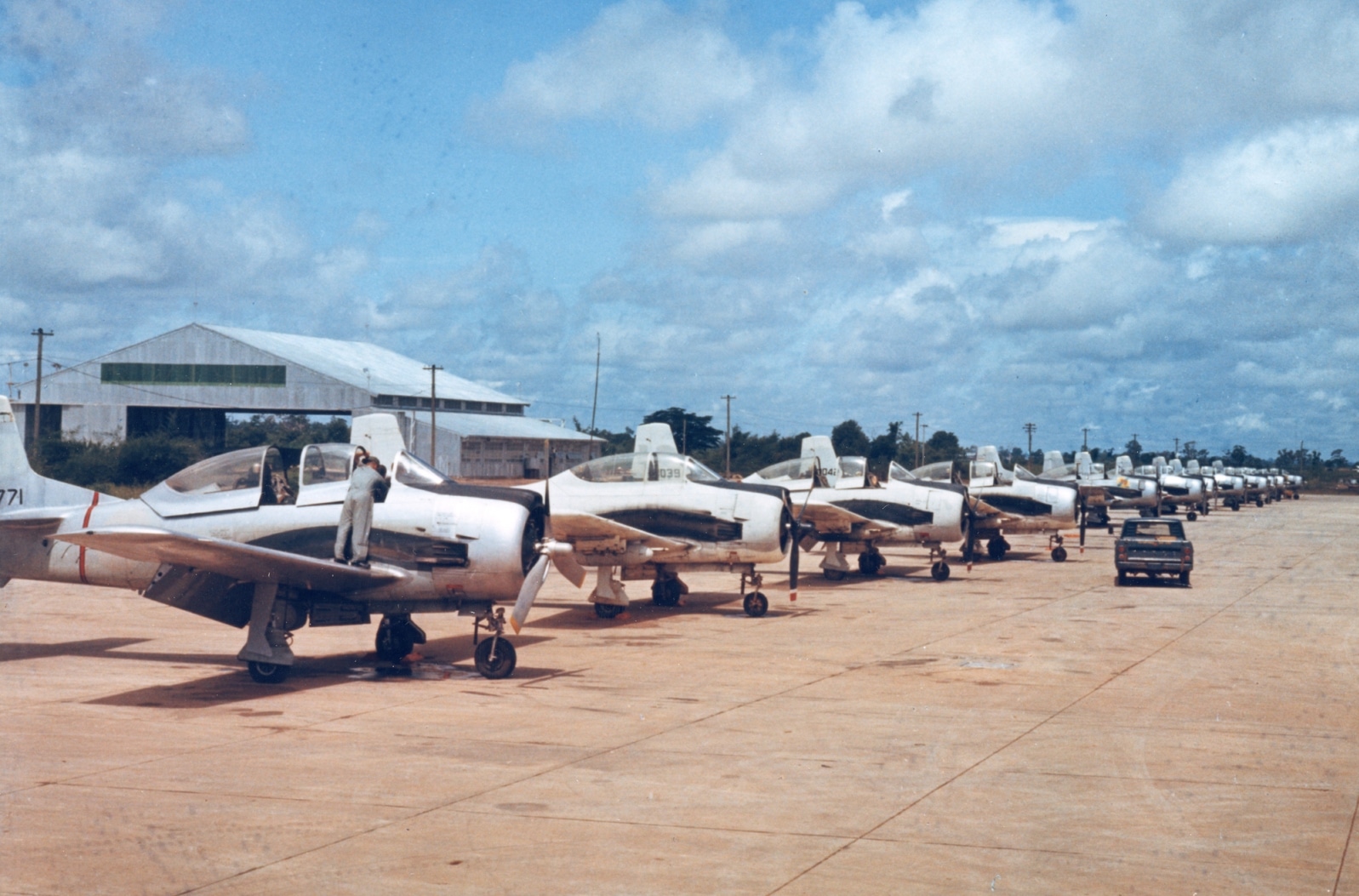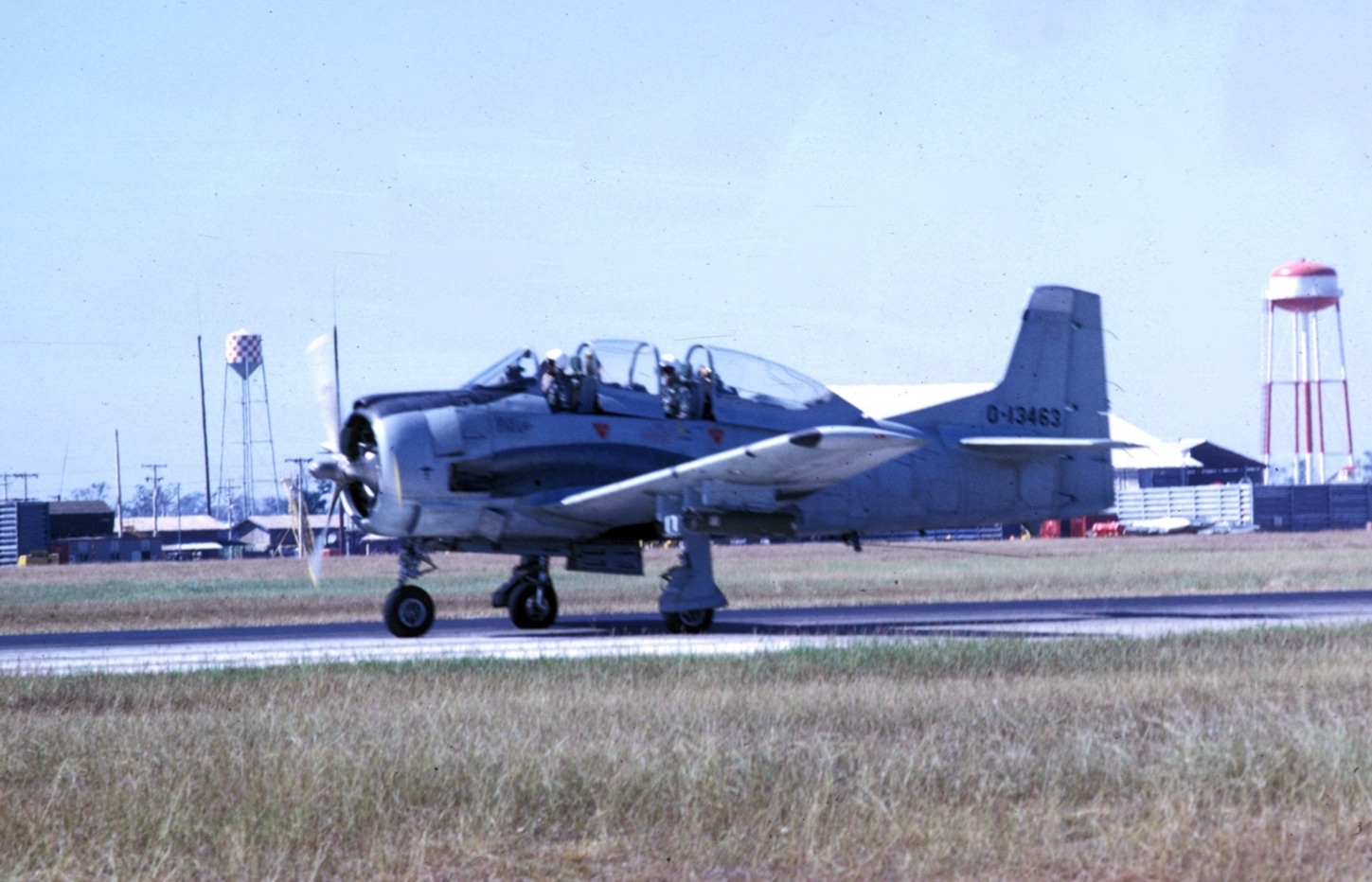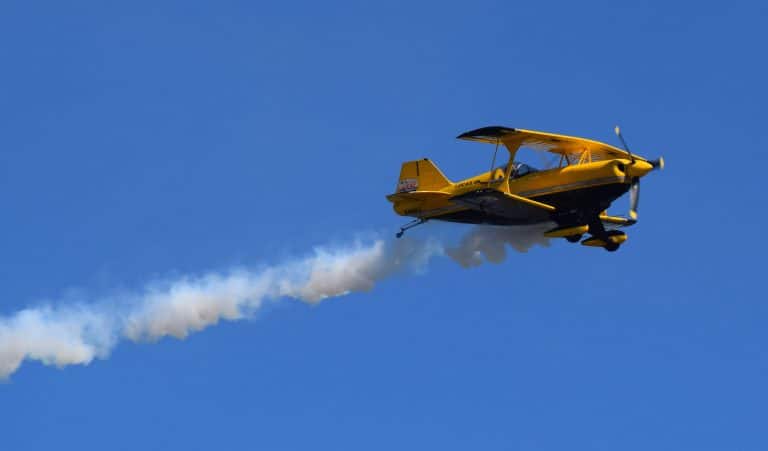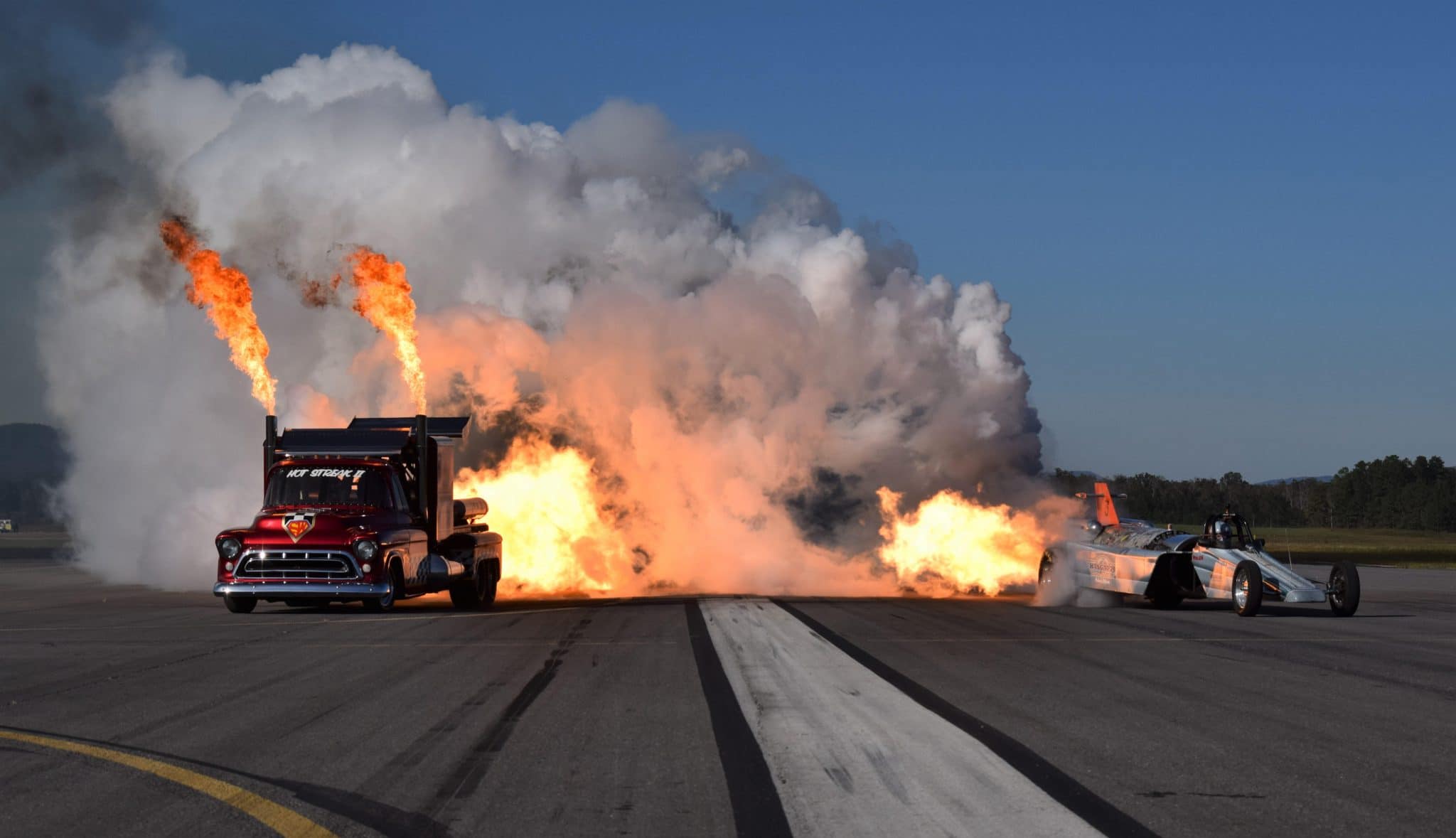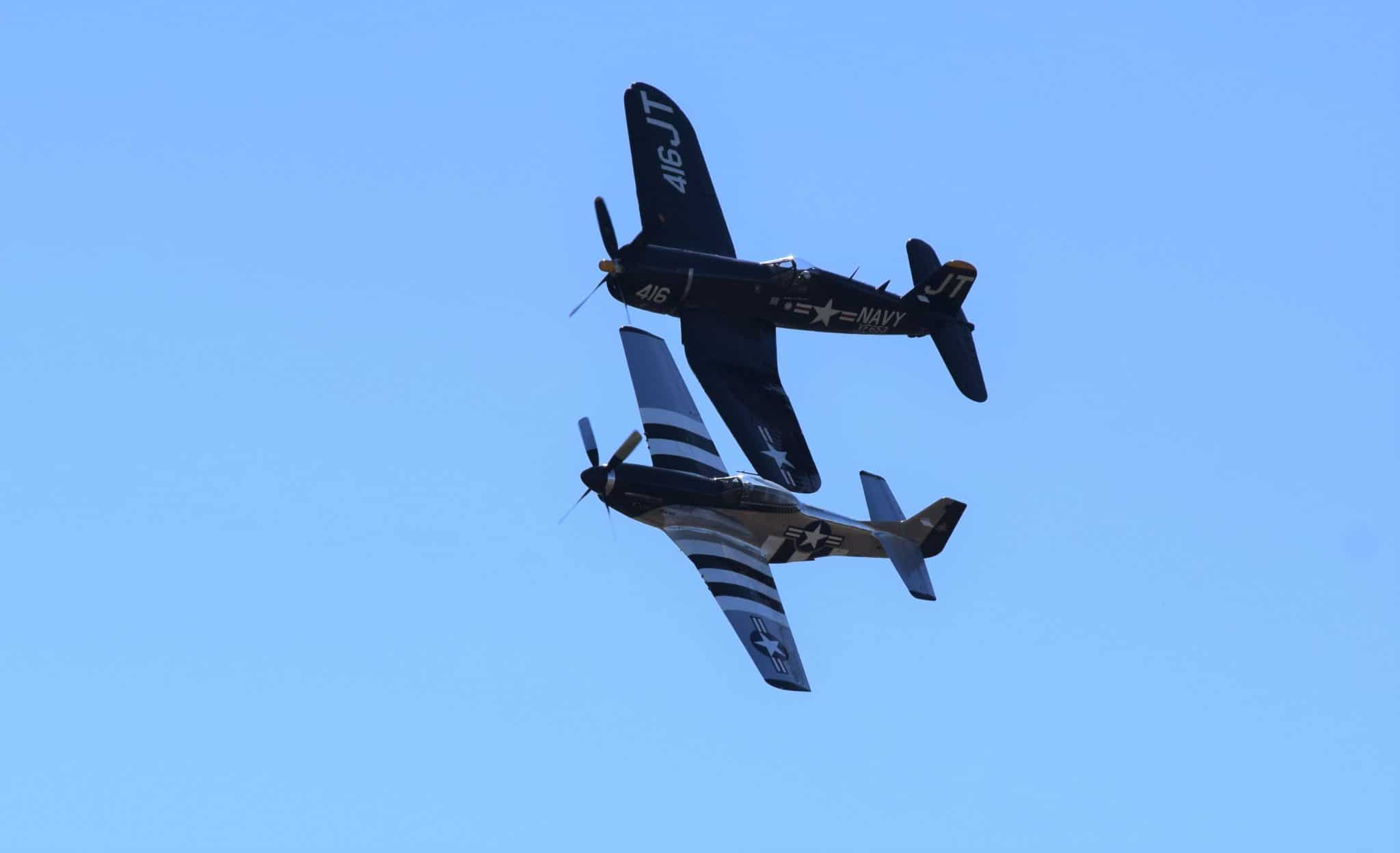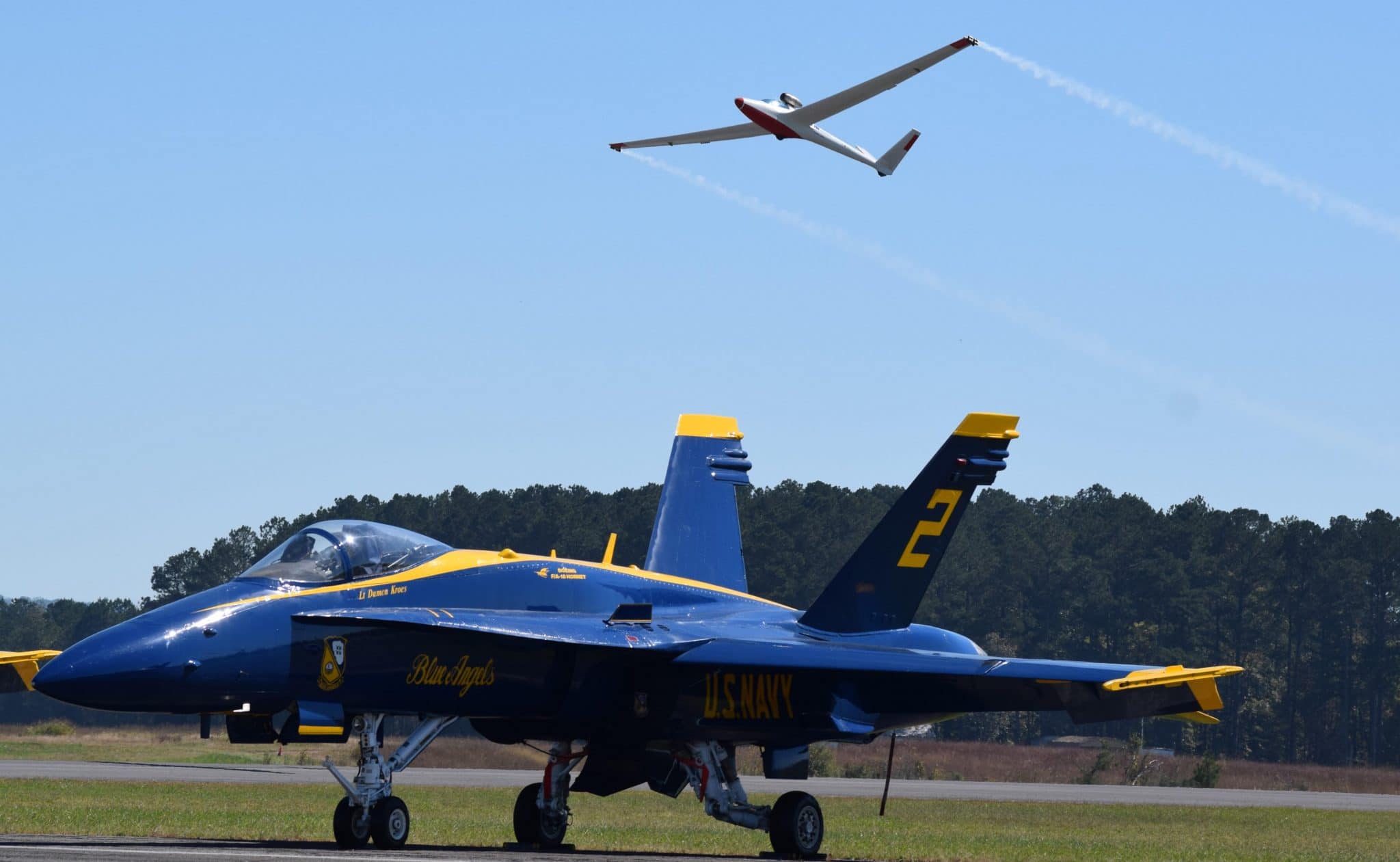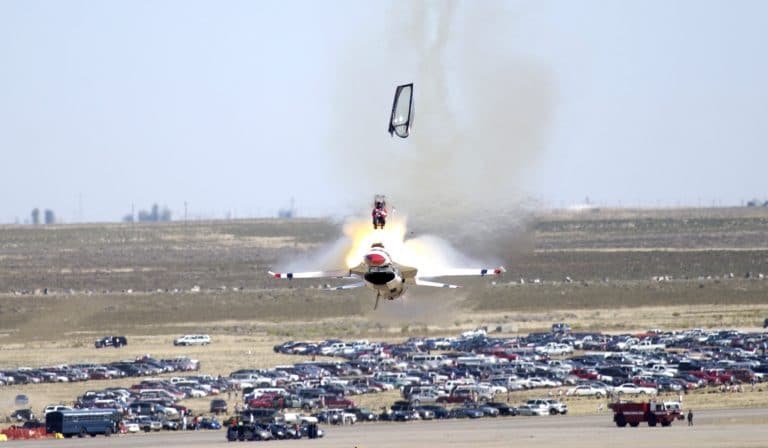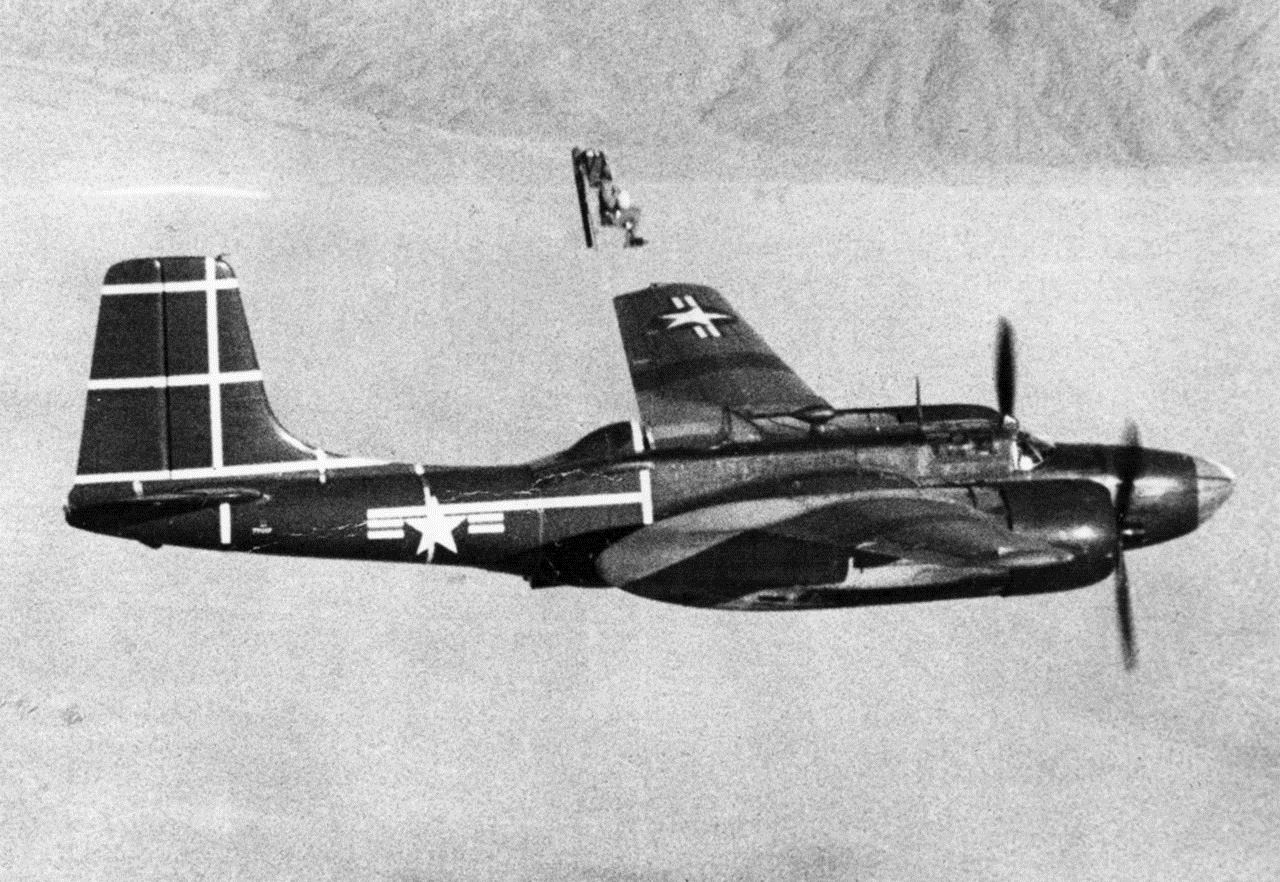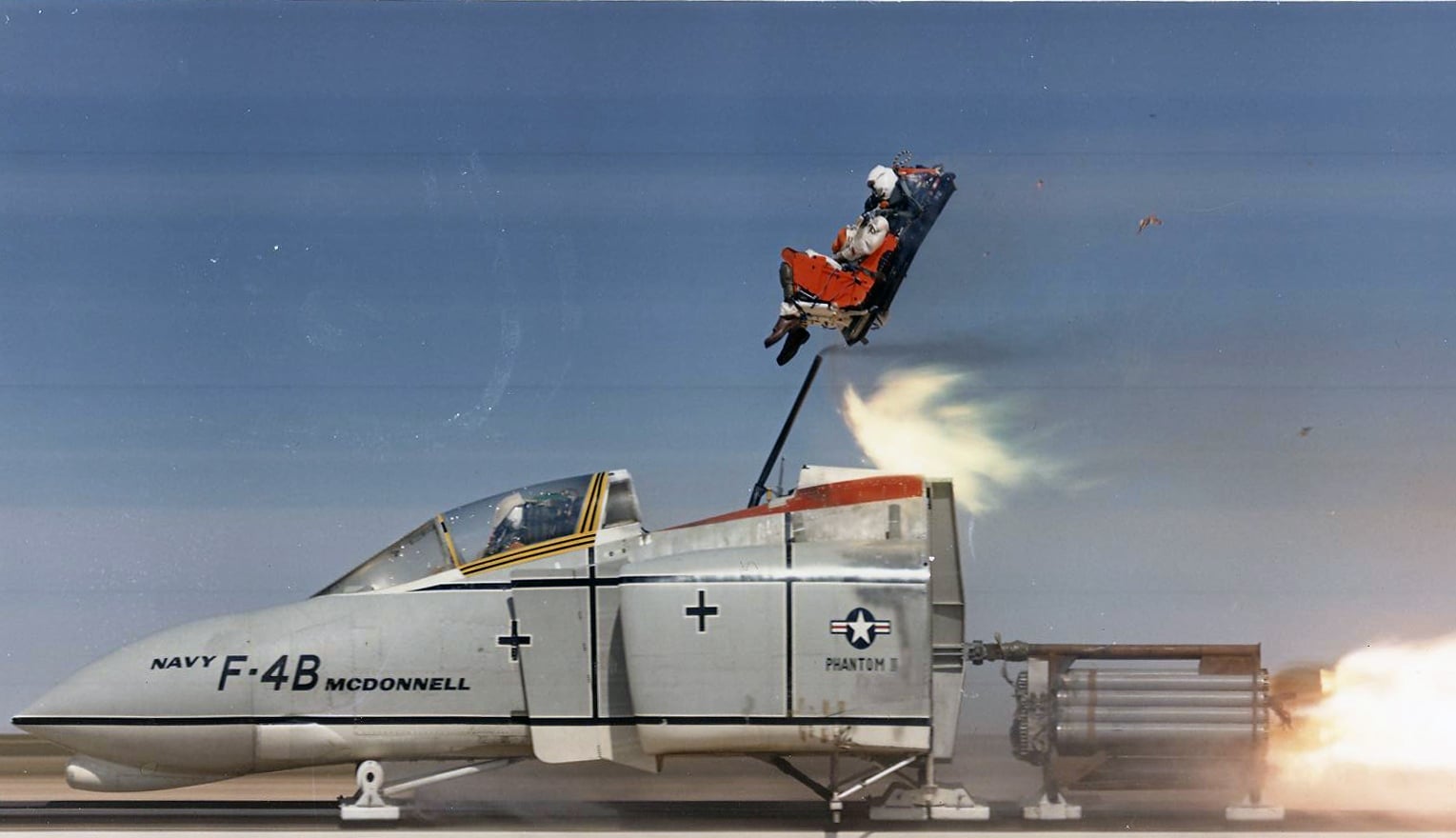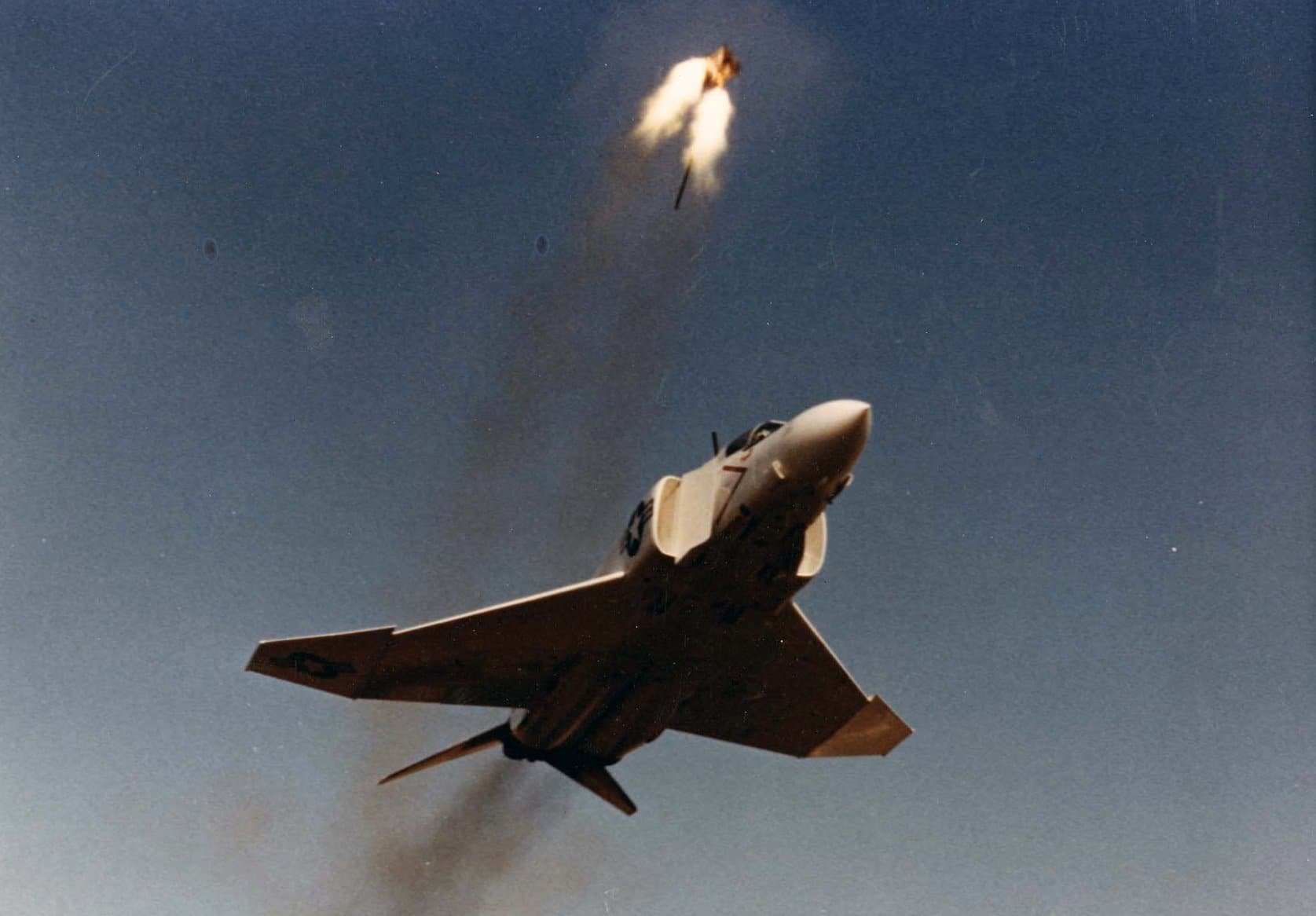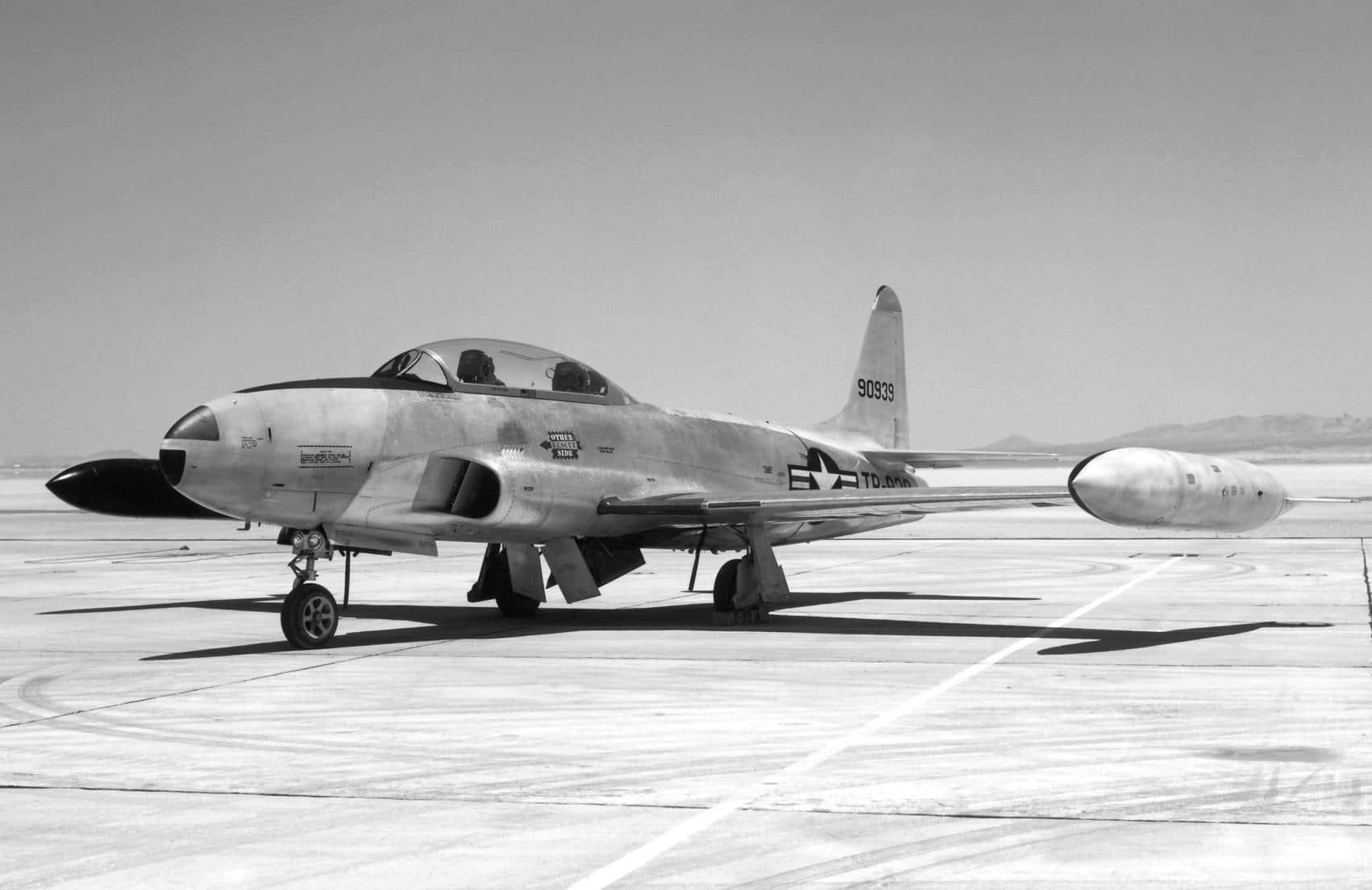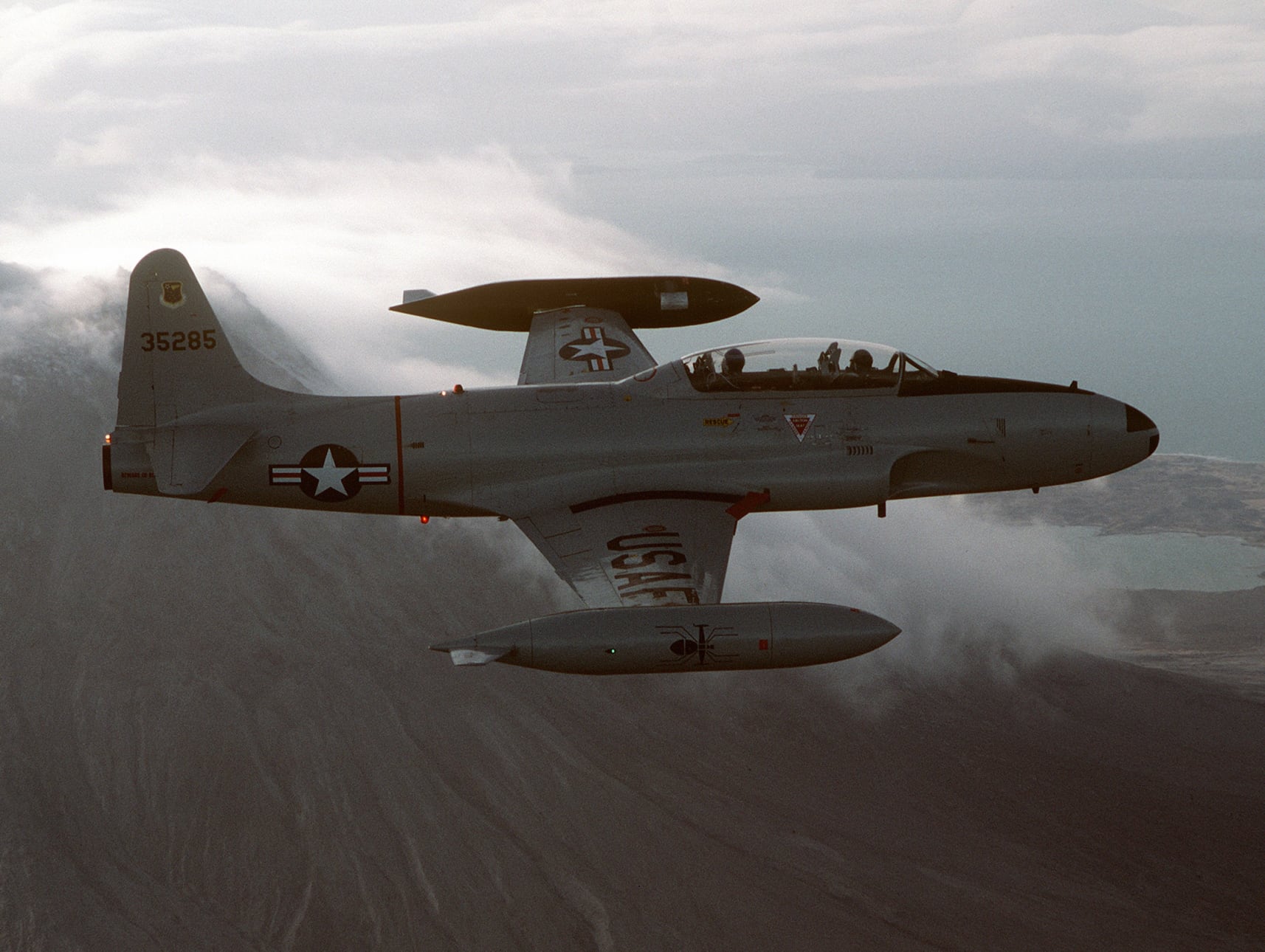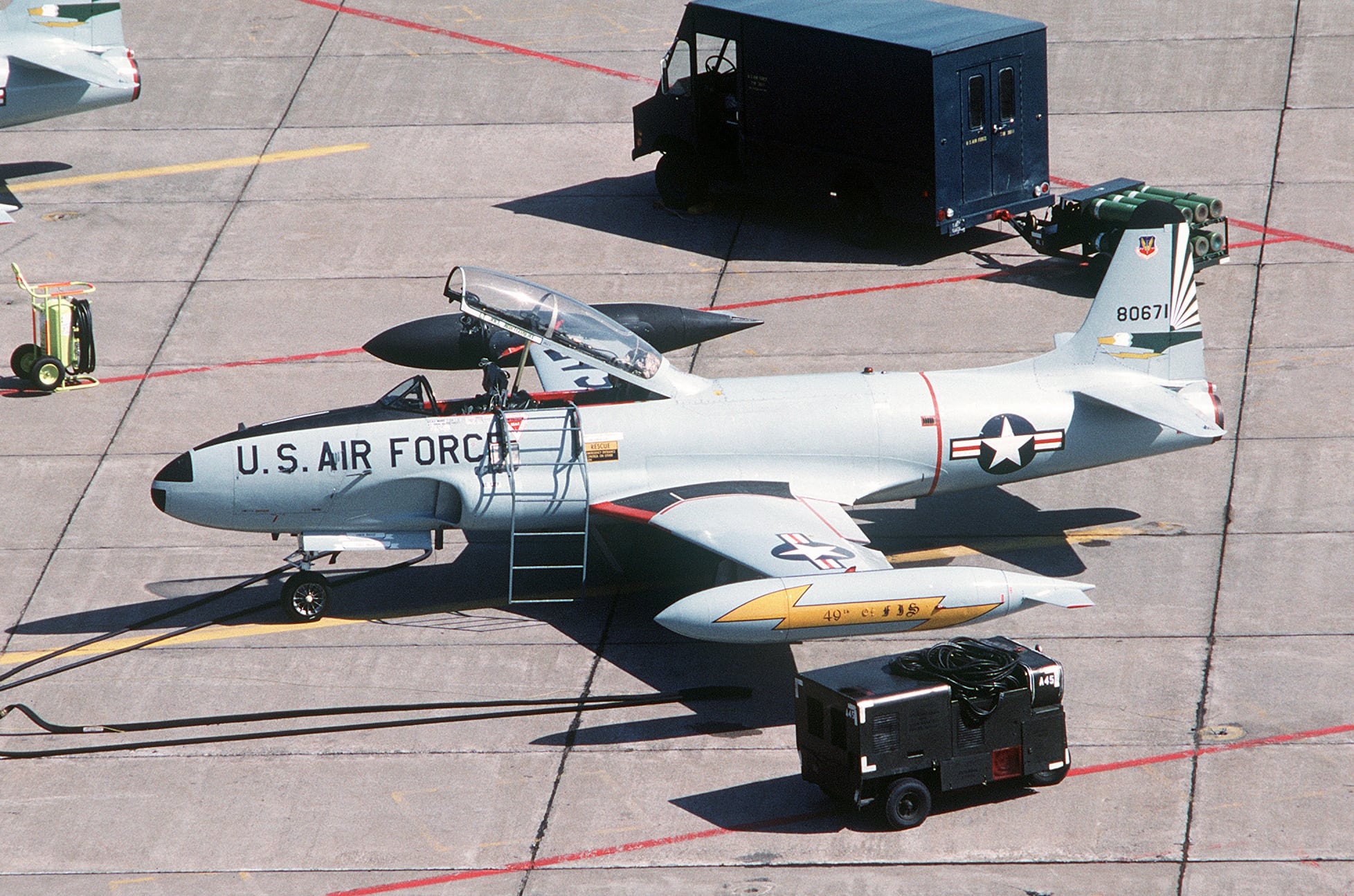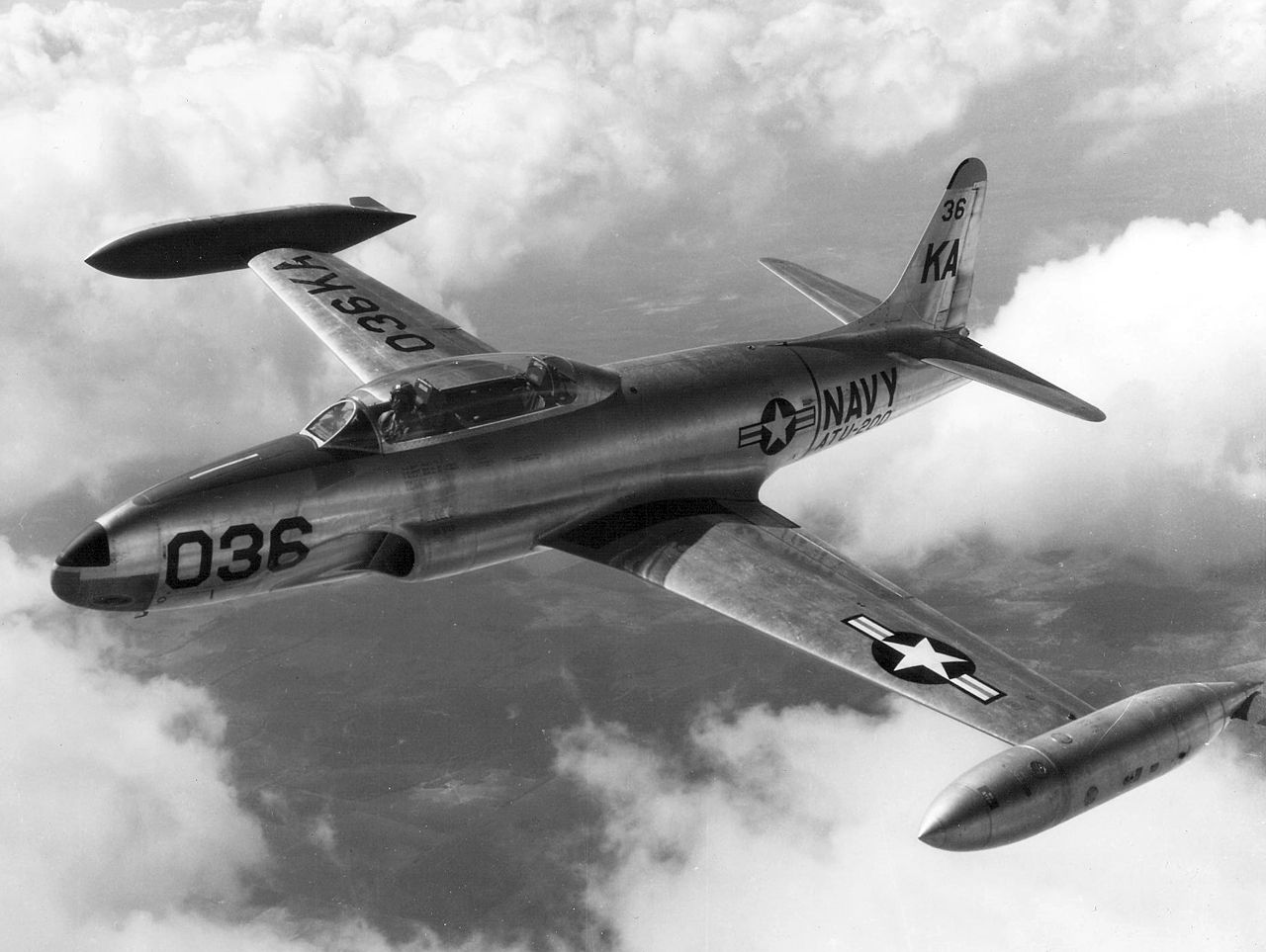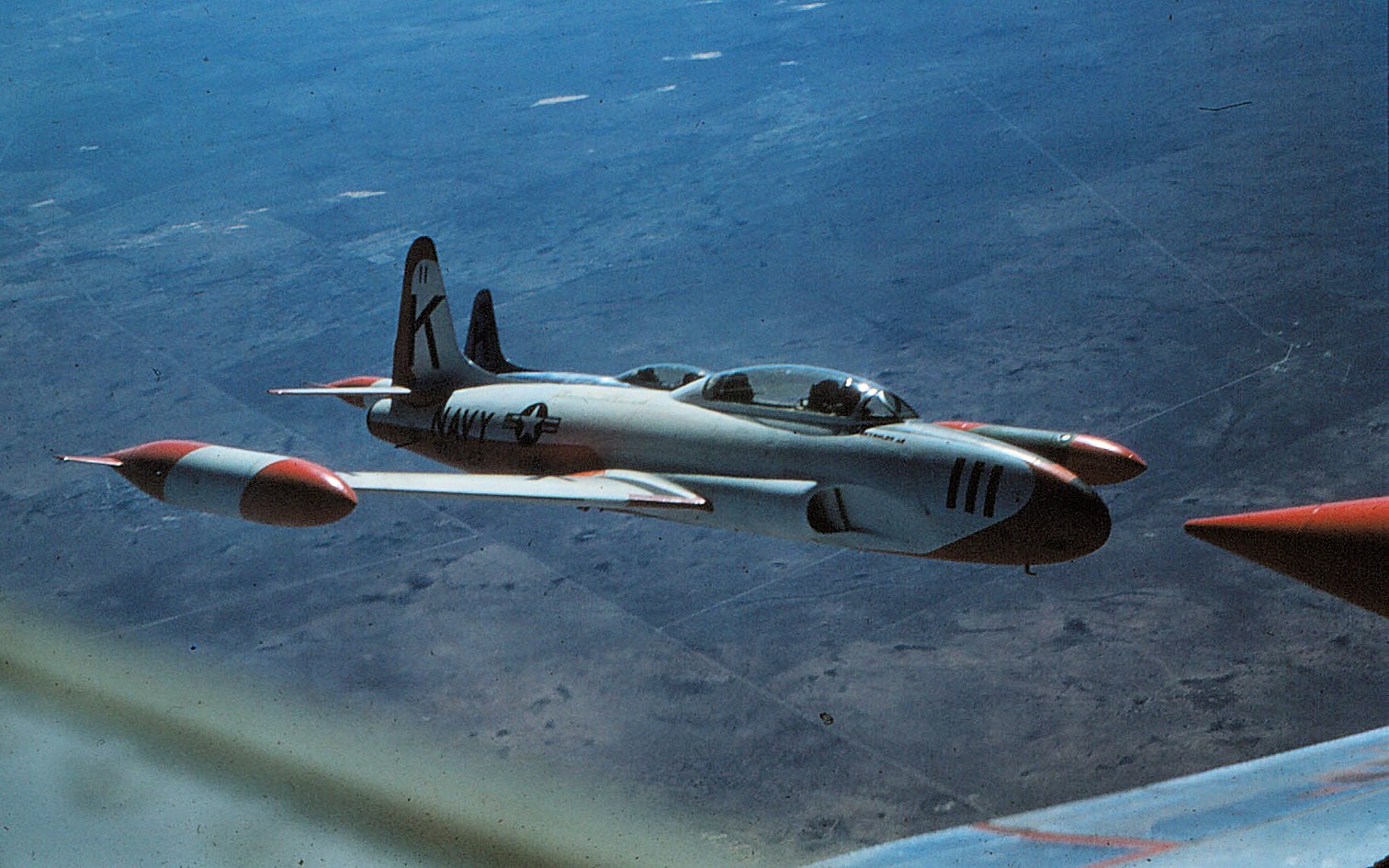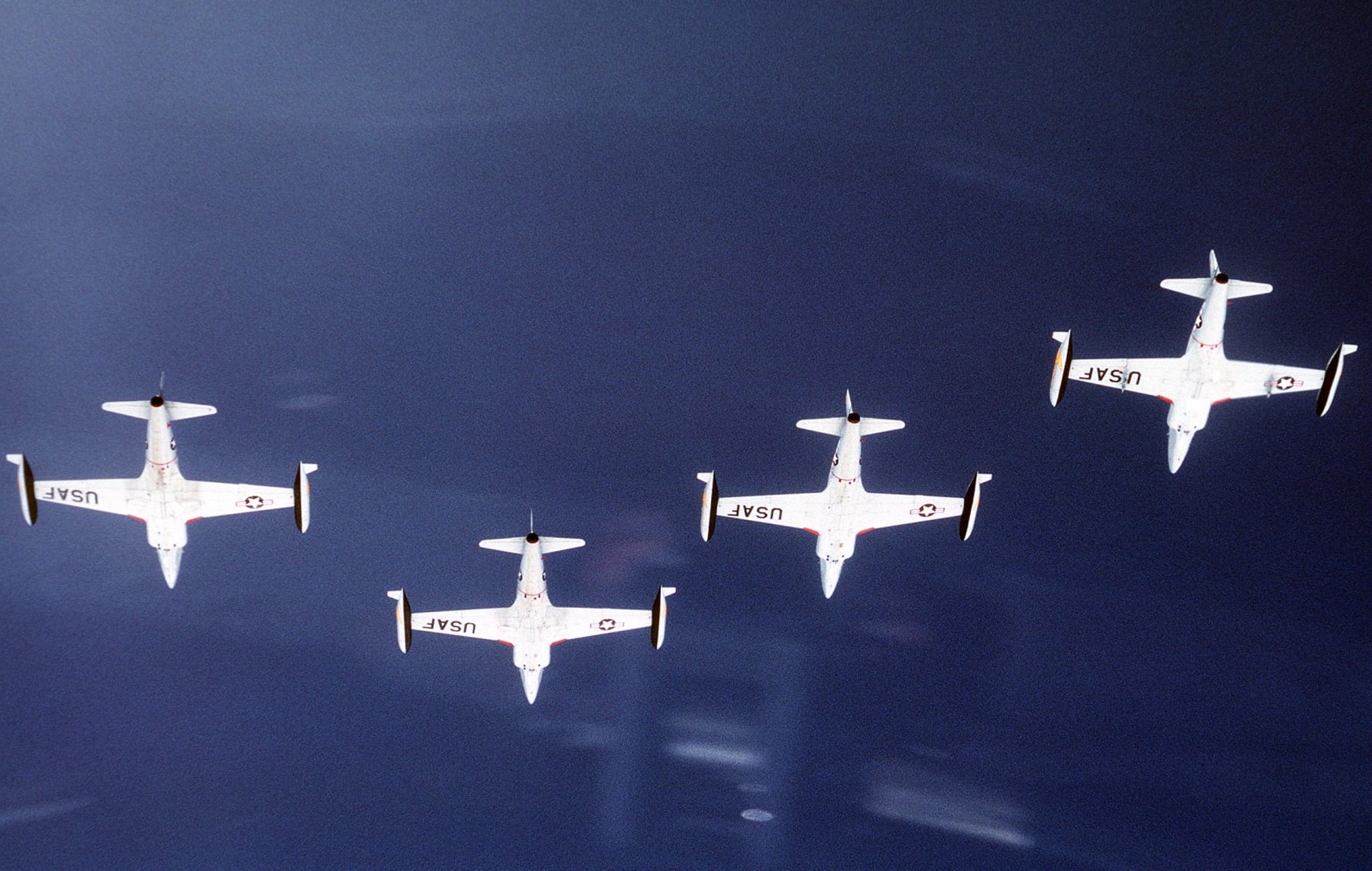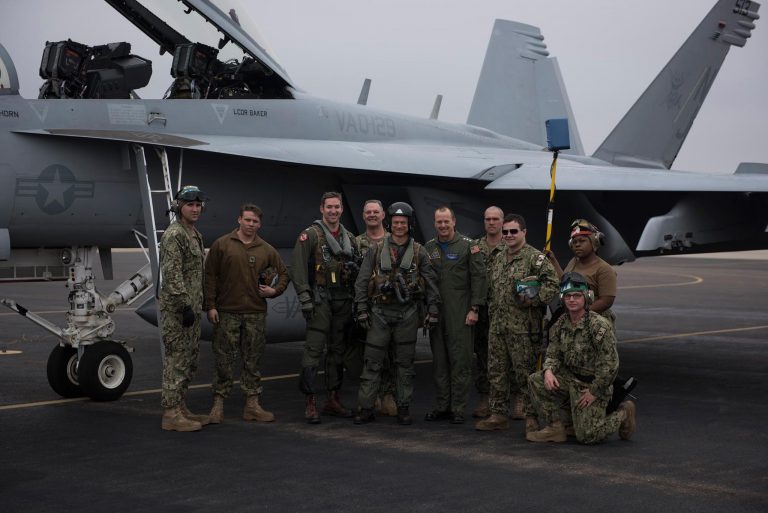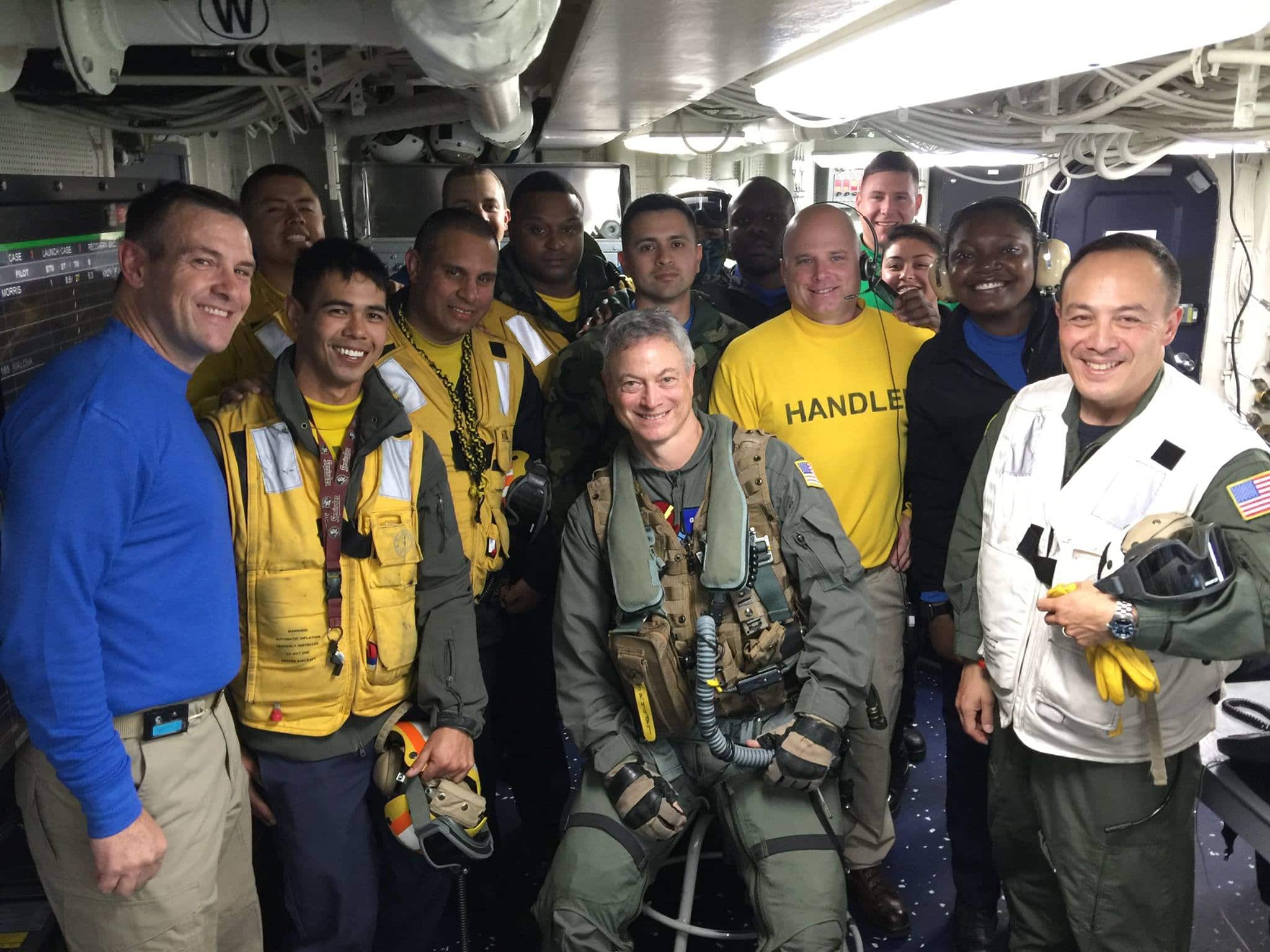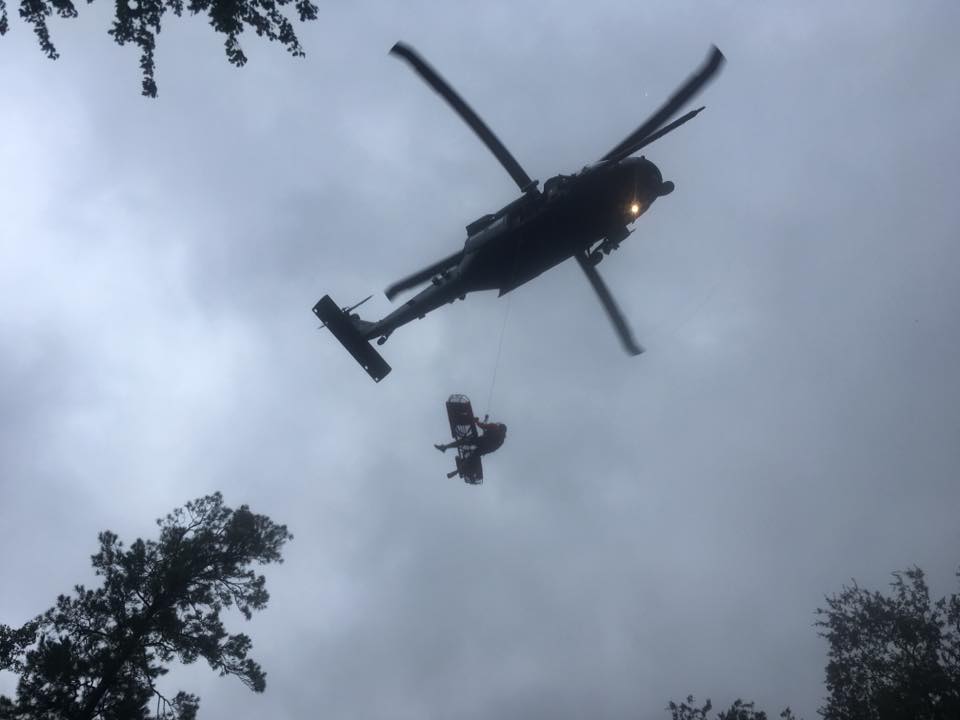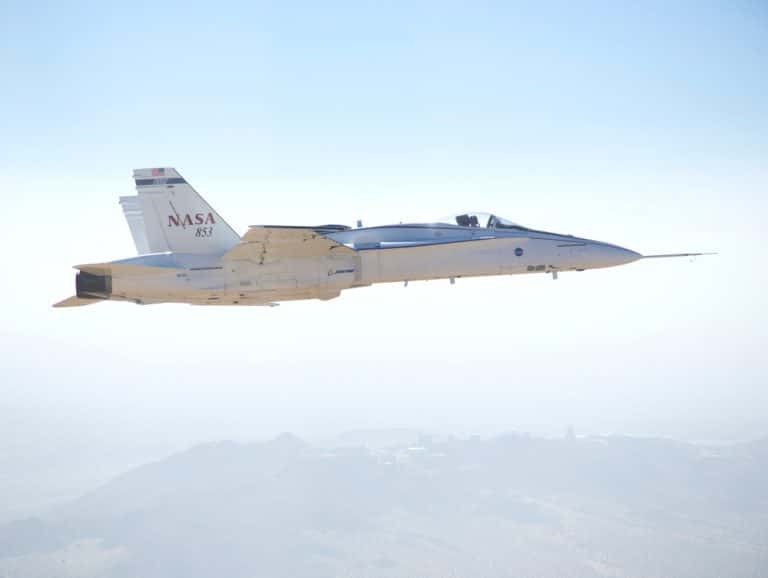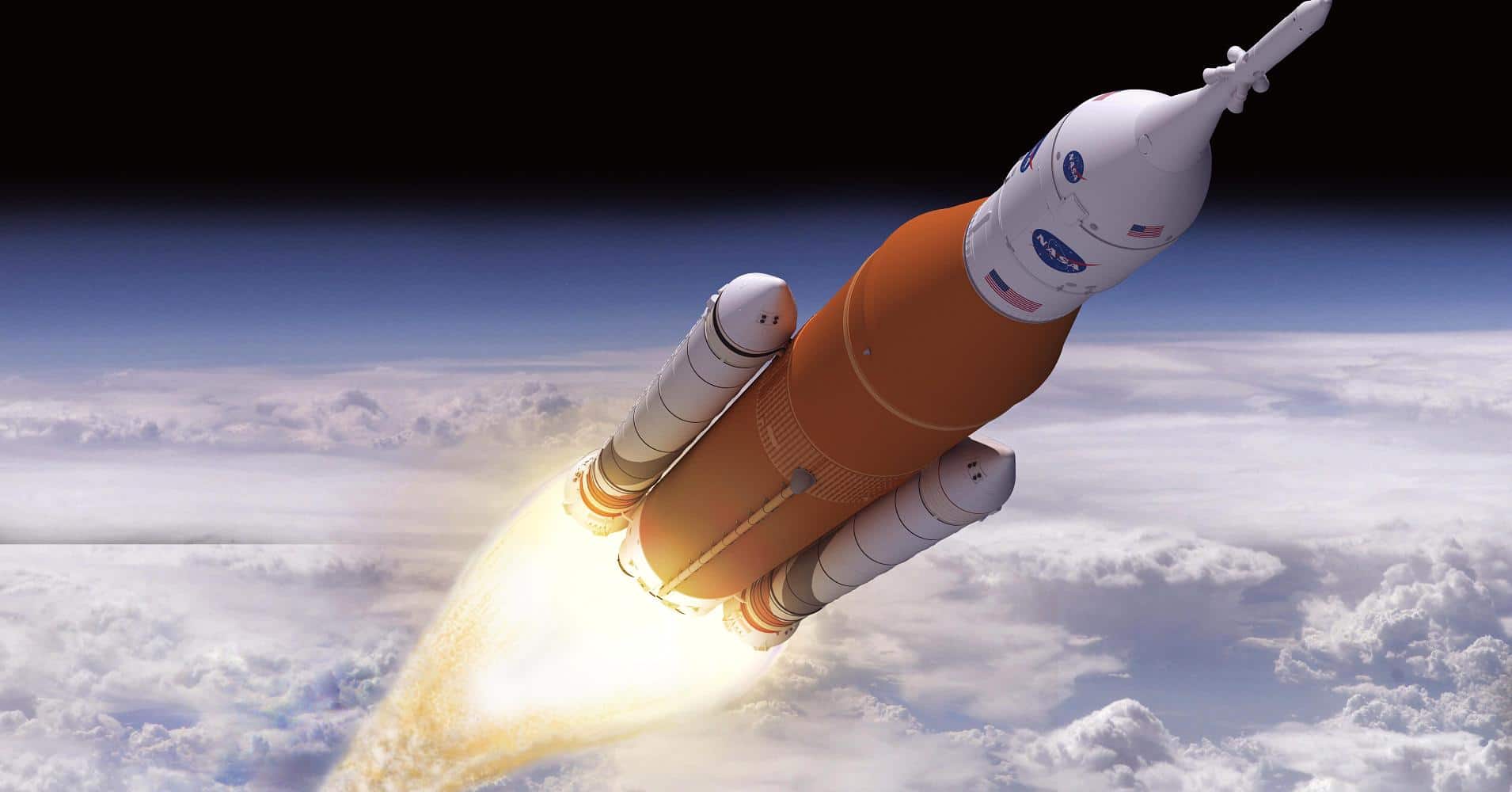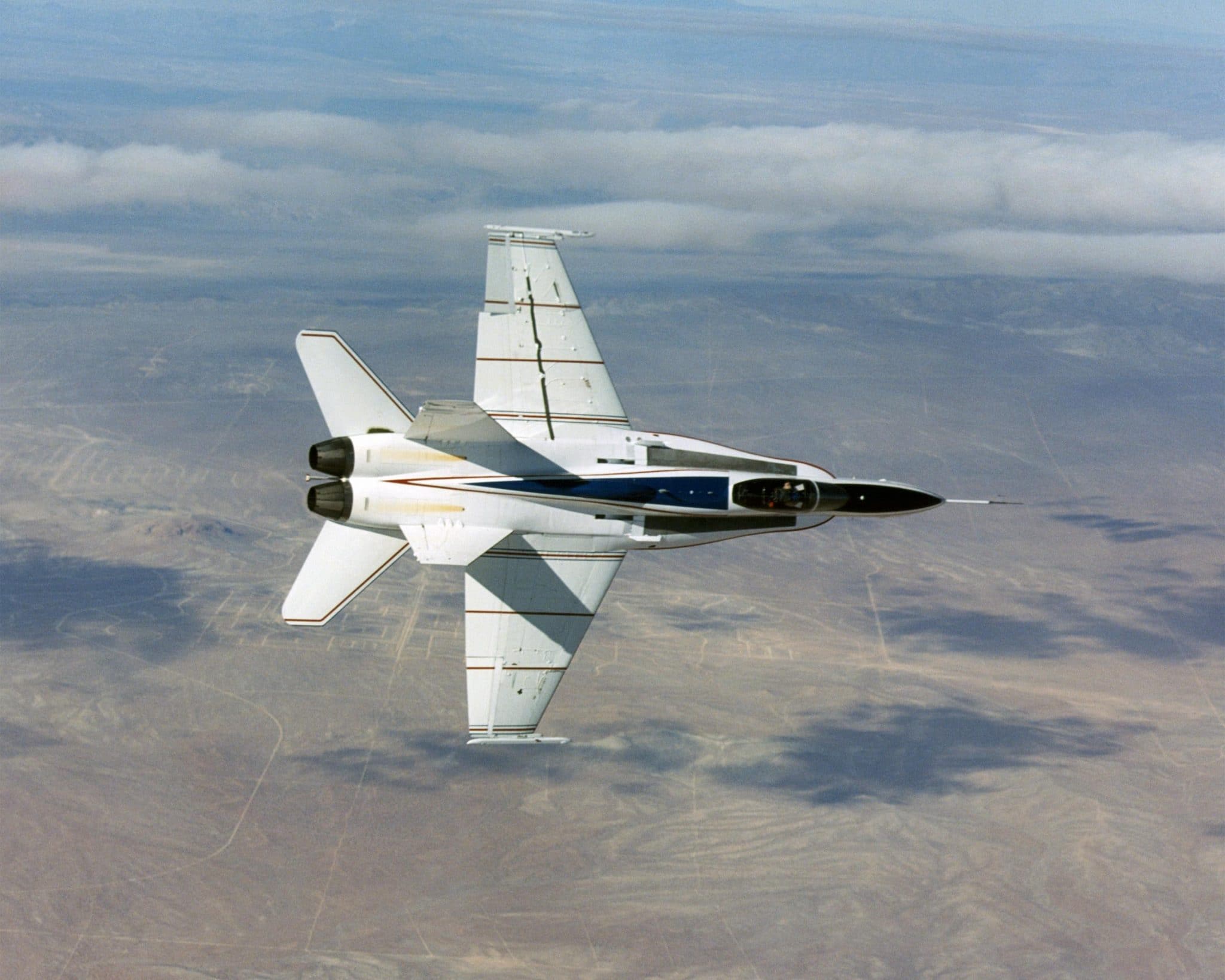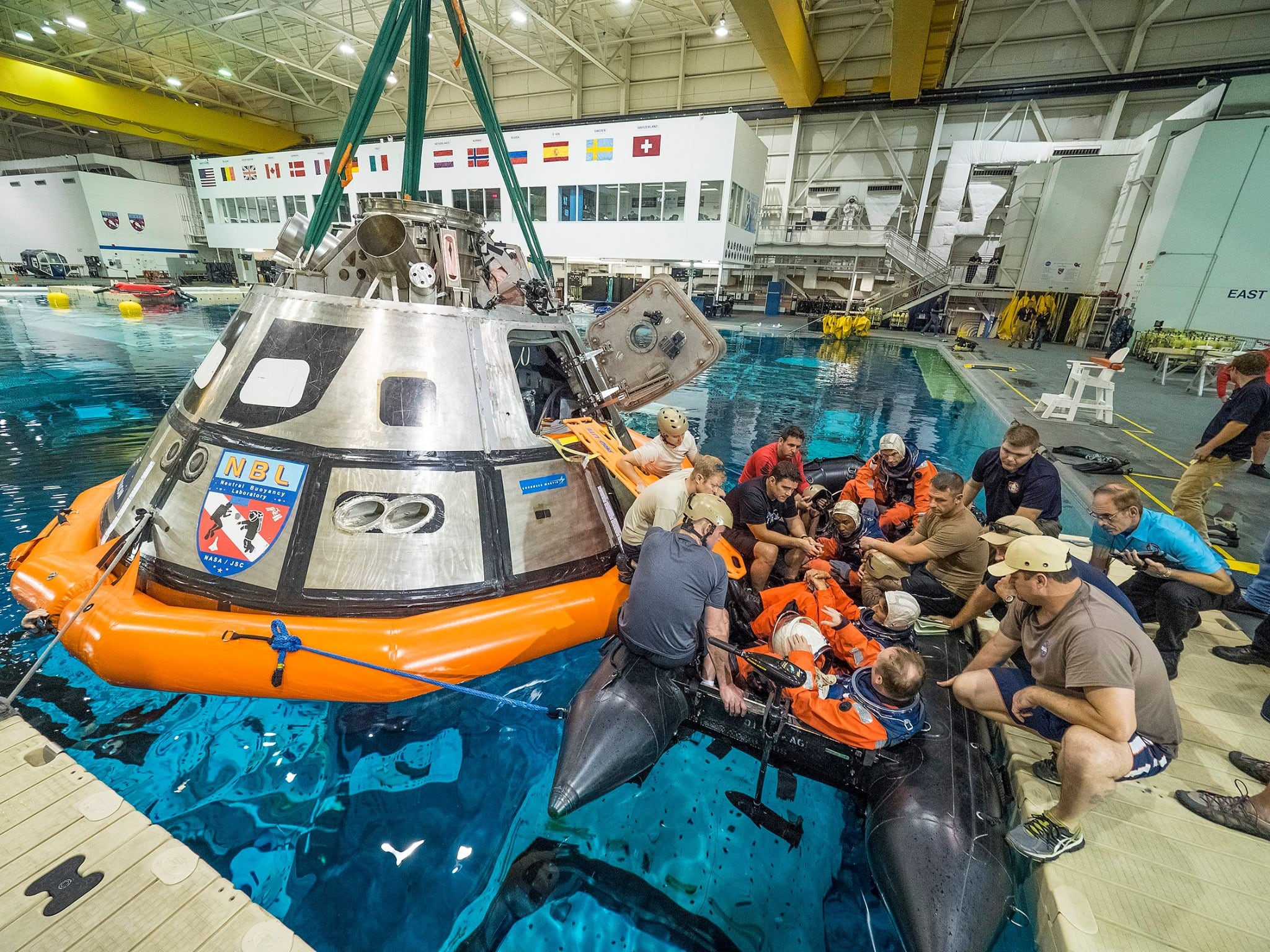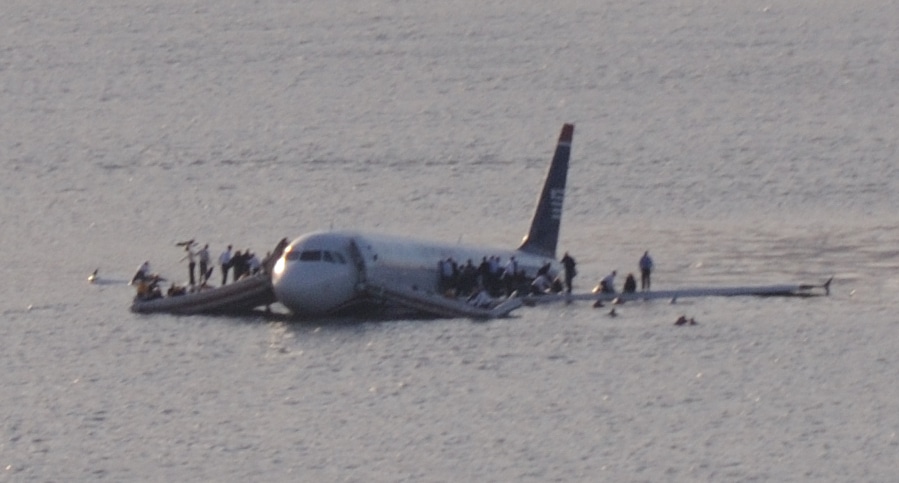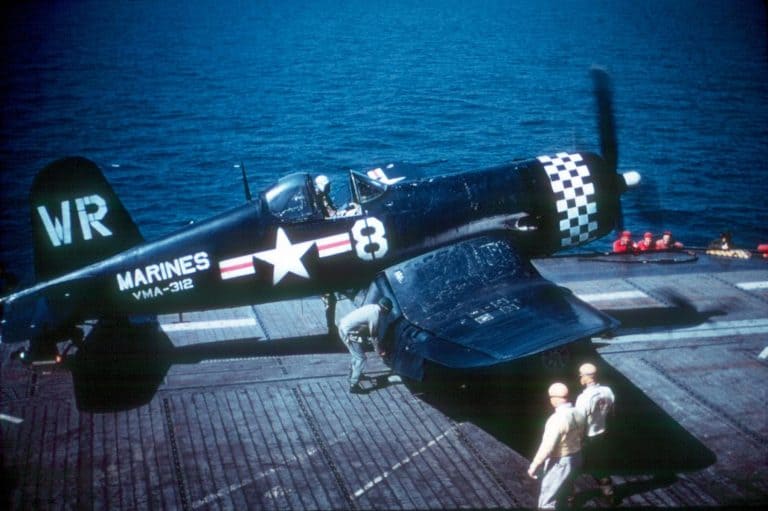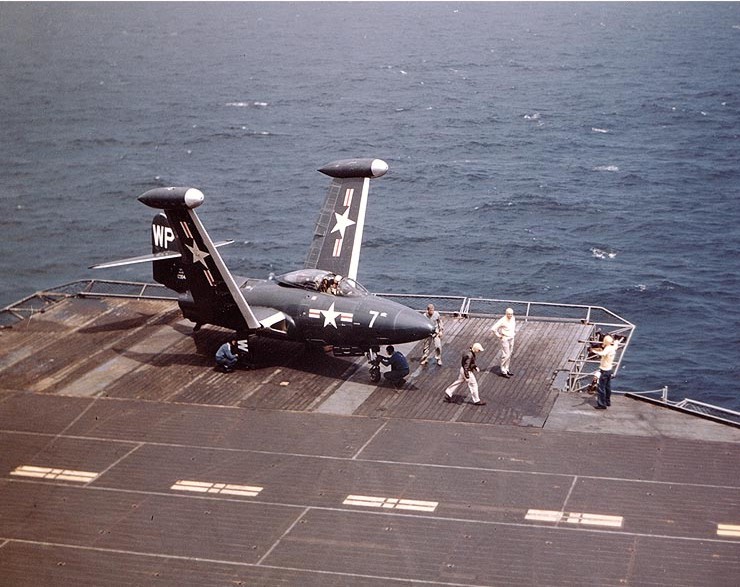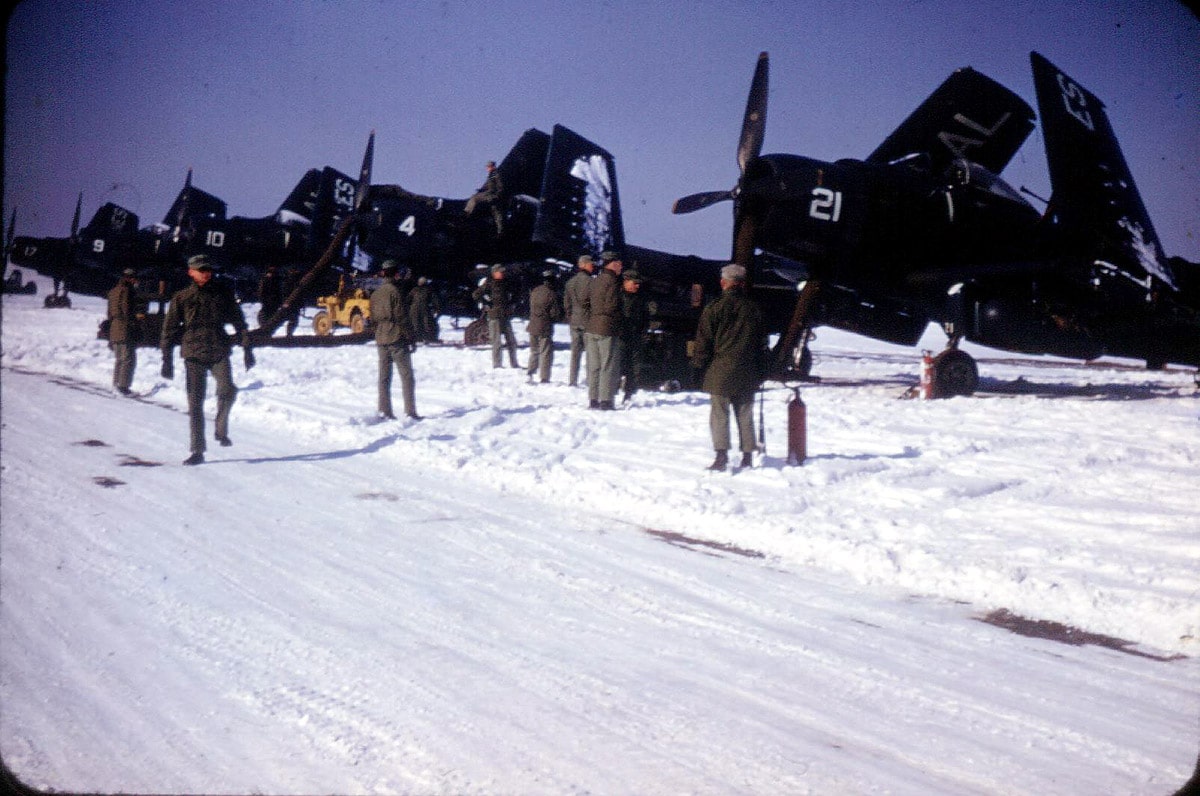Air attack pilots deployed to support firefighting operations in Napa and Sonoma counties. They have employed a variety of equipment necessary to fight these massive fires that have killed over 40 people. We take a look at the planes and the requirements to fly these demanding missions.
You Can’t Drop If You Can’t See The Target–Decent Visibility Is Critical
Smoke and thick haze created very low visibility in an area of rough and high terrain making it extremely risky to coordinate the drops at a low enough altitude for them to be effective. For the early parts of the blazes most of the tanker pilots were required to wait out the weather for conditions to improve.
Without the effort of a relentless air attack the Nuns fire merged with the Adobe, Norbbom, Patrick and Pressley fires producing an inferno that has scorched over 54,000 acres. Today that fire is mostly contained, due in no small part to the efforts of aerial firefighting.
CAL FIRE has led the effort in coordinating a massive statewide effort fighting over 13 large wildfires currently burning that have consumed over 210,000 acres. They are employing multiple aerial assets in the effort to contain these fires including helicopters, scout aircraft, air tankers and military drone aircraft. The civilian deployment includes 37 helicopters and 36 planes which have been assigned to the fires in Sonoma, Napa, Lake and Mendocino Counties.
The Tools of Their Fleet
Helicopter Drops

Aerial firefighting pilots launched throughout the day to attack these fires from the air, and went all in to fight these fires. Military style Hueys UH-60s and chinooks CH-47, could be seen visibly dropping water on fires over the ridges above the vineyards. Smaller helos were sighted filling their buckets at lakes near wineries in the region.
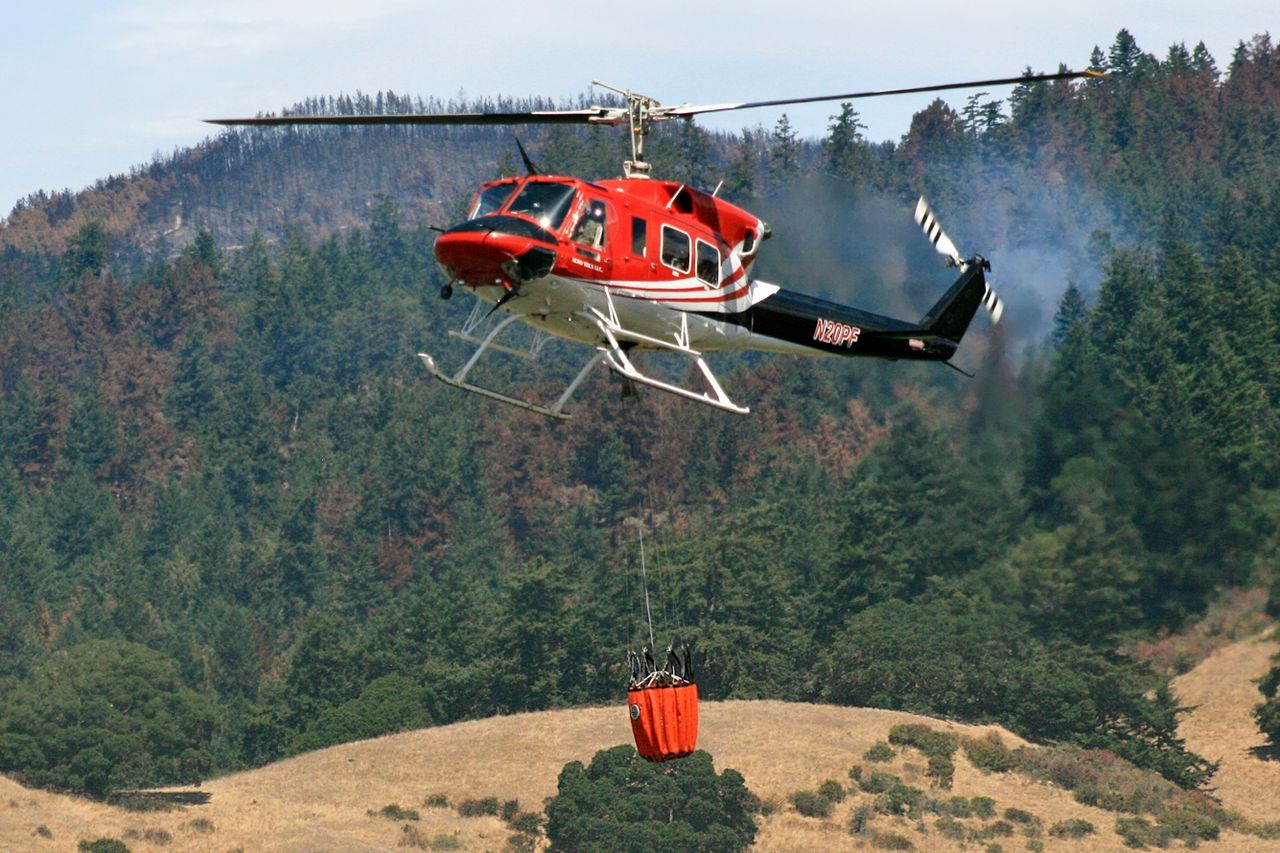
Command & Control Scout Planes
The CAL FIRE scout OV-10A is a light attack plane operated out of Chico, CA that orbits over the fire area for hours searching for hot spots and coordinating the fire retardant and water drops to maximize the impact of the air attack, giving firefighters on the ground the best shot at saving lives and protecting property.
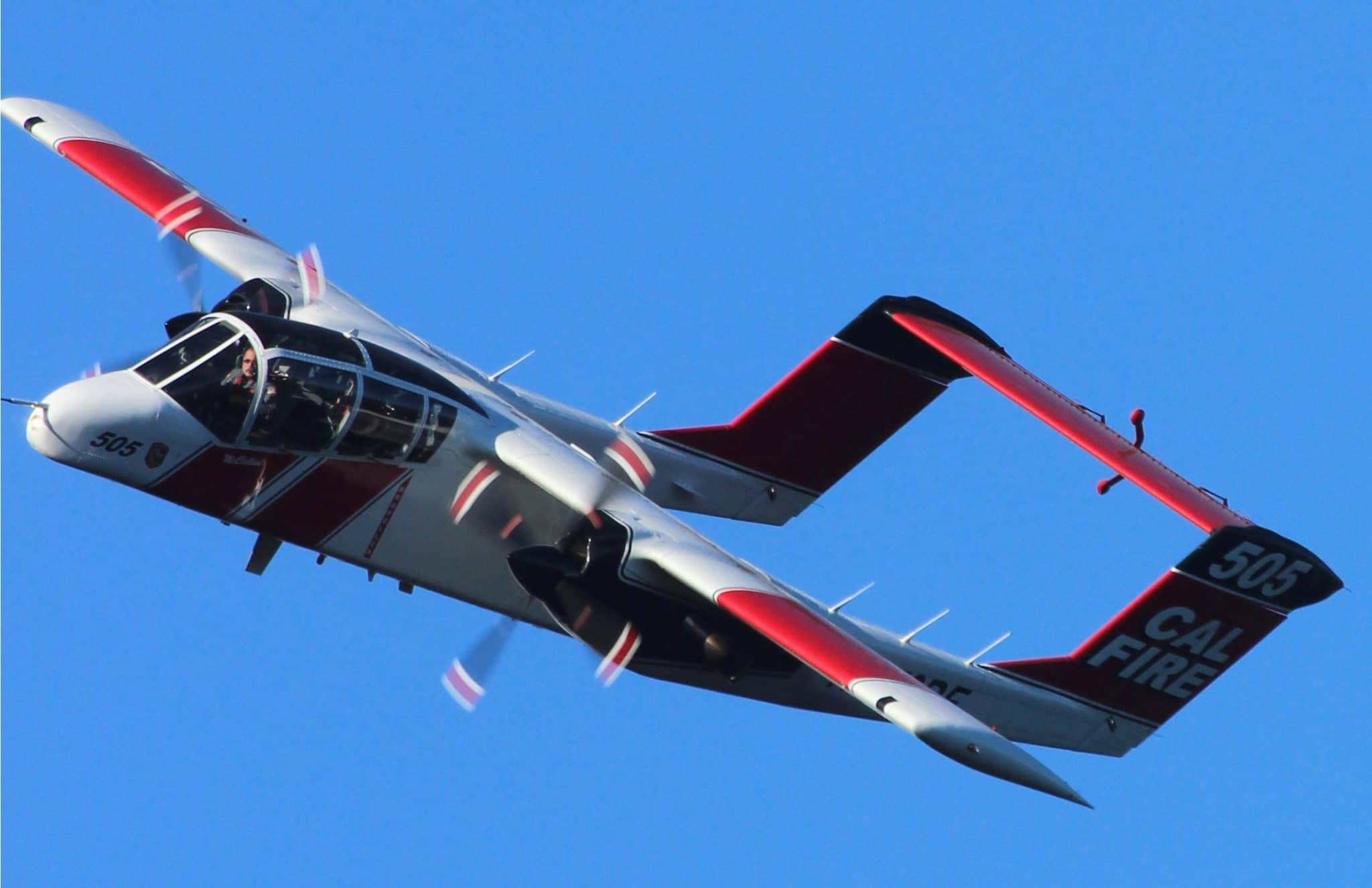
The Global SuperTanker
Air Tankers DC-10s, C-130s and now a 747 are flying drop missions with full loads out of McClellan Air park in Sacramento and Charles M. Schultz-Sonoma County airport. There was one highly publicized air tanker drop on Monday 9 October a Jumbo jet was sent in by CA Department of Emergency Services over the fire area in Sonoma County.
The 747 Global Supertanker commenced its service in the United States just last month over the Railroad Fire near Yosemite National Park. Nationally the operator Global Supertanker LLC only has contracts to operate within the state of California. However, the aircraft was used to fight fires in Chile and Santo Domingo. In late September the Global Supertanker was employed over Butte County, Madera County and Los Angeles County.
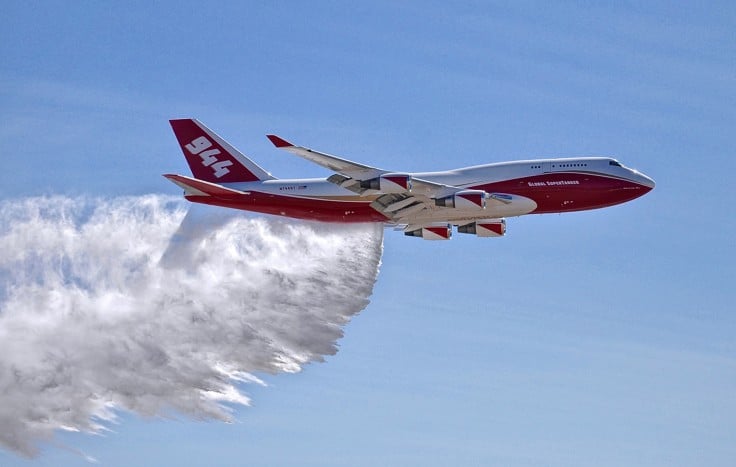
The Global SuperTanker is CAL FIRE’s largest weapon in the fight it carries over 19,000 gallons and can drop a line of retardant that is mile & half long. In its first week of service the 747 put up some very impressive numbers. 7 Days, 13 trips, 21 drops, 219,470 gallons. It carries twice the amount of water/retardant than the DC-10 the next largest air tanker in the CAL FIRE arsenal.
MQ-9 Reapers
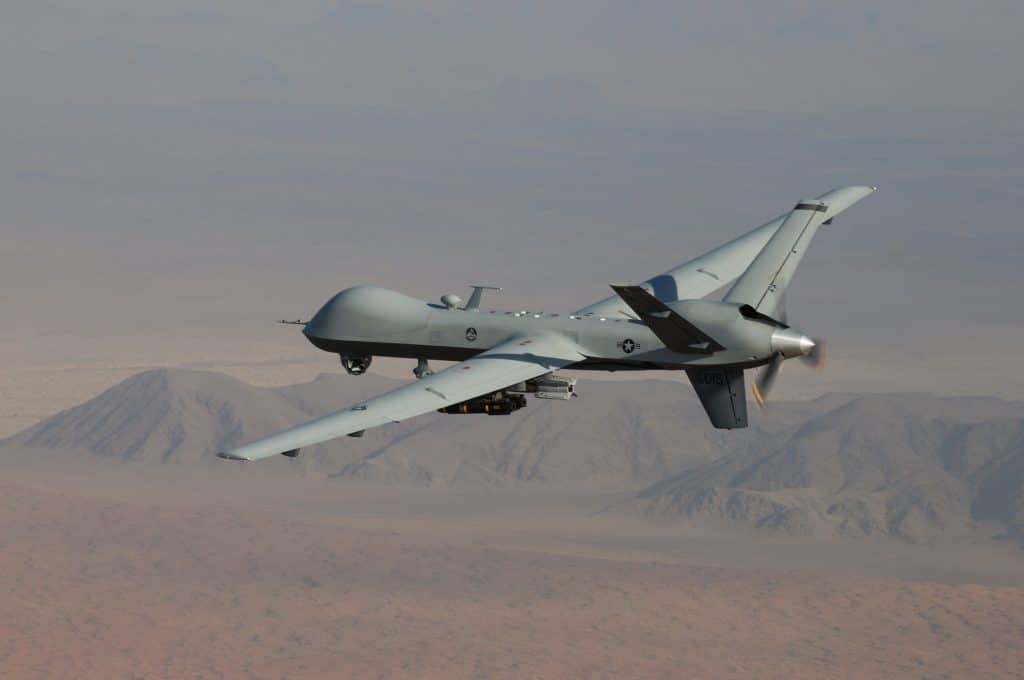
Airmen from the CA Air National Guard 163rd attack wing and two MQ-9 Reapers at March Air Reserve Base were activated the week of Oct 12 Oct to fight the fires. The Reaper’s infrared sensor was used to map the fire region and provide “mission critical thermal imagery on the afflicted area in real time to CAL FIRE and the CA Governor’s Office of Emergency Services.” The reapers were deployed over the Nuns and Atlas fires.
CAL FIRE Team Effort
When other planes fly out these planes fly in. It takes a team effort with coordination between the firefighters on the ground and in the air to deliver an effective counterpunch at just the right spot and aid in containment these wildfires. Avgeekery proudly salutes the efforts of these aerial firefighters.
Additional Resources:
CAL FIRE – Incident Page
http://www.fire.ca.gov/current_incidents/?page=1
Video – aerial fire attack – cool scenes of air attack aircraft drops
Video – Air Tanker Tracking

